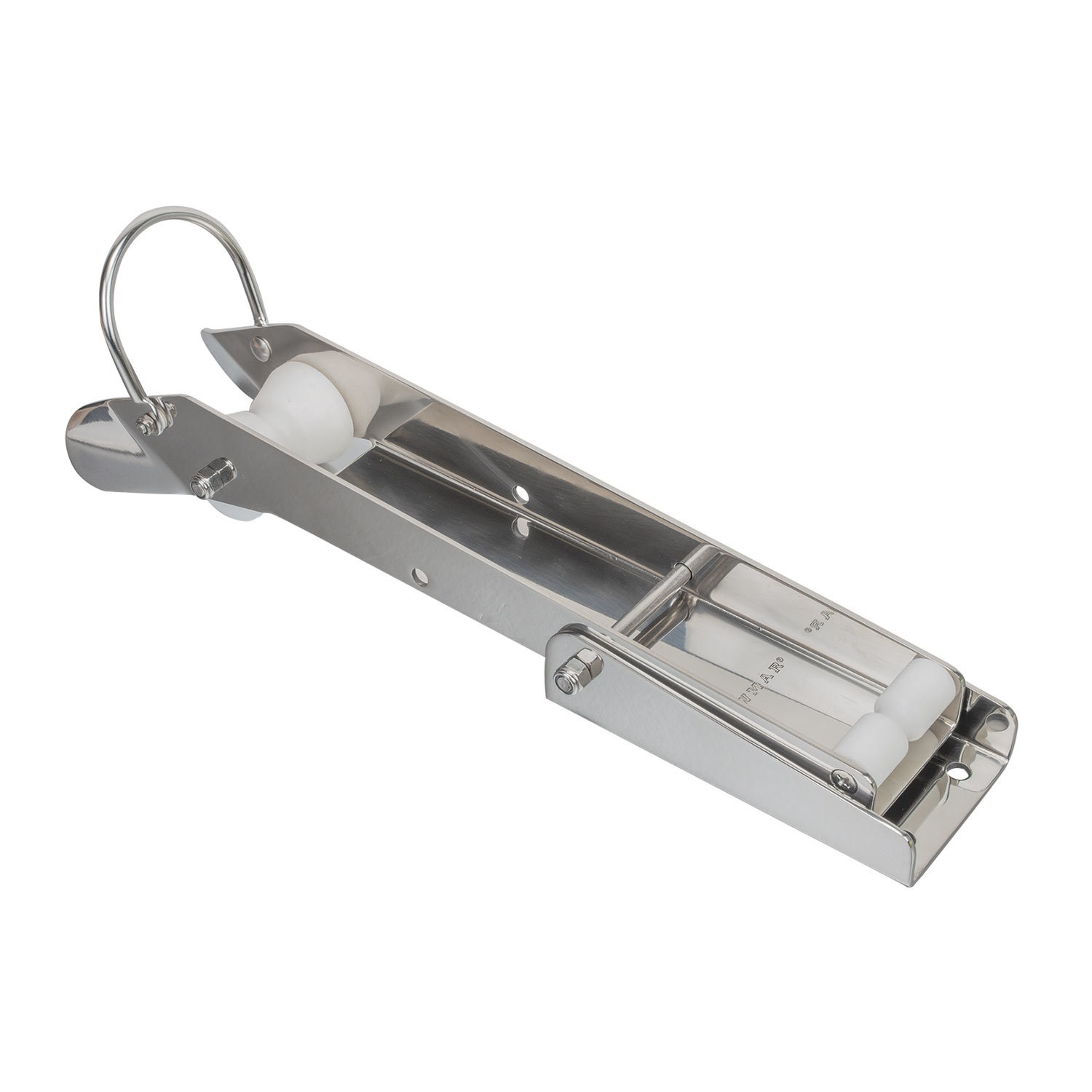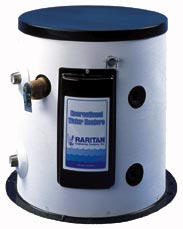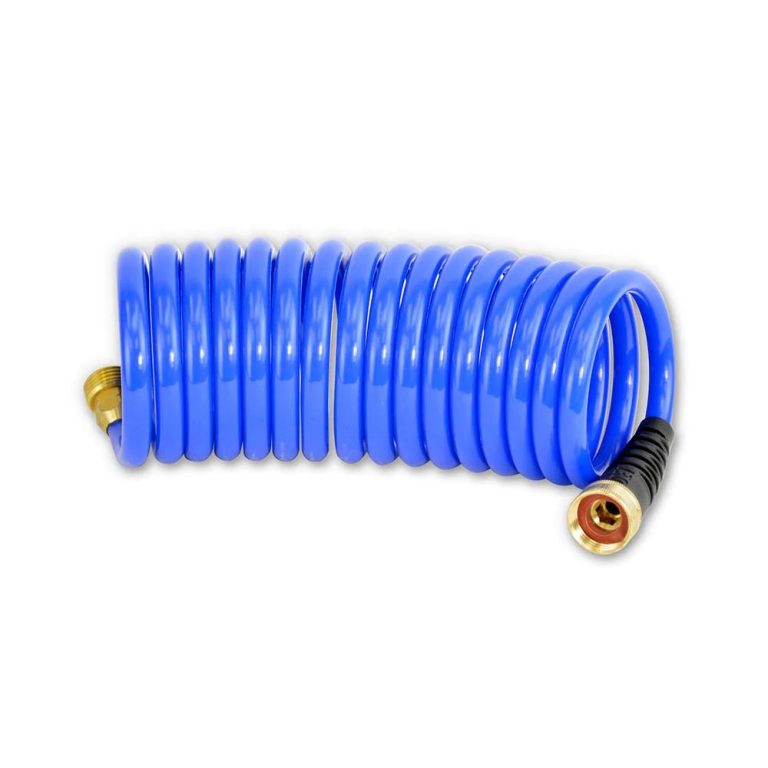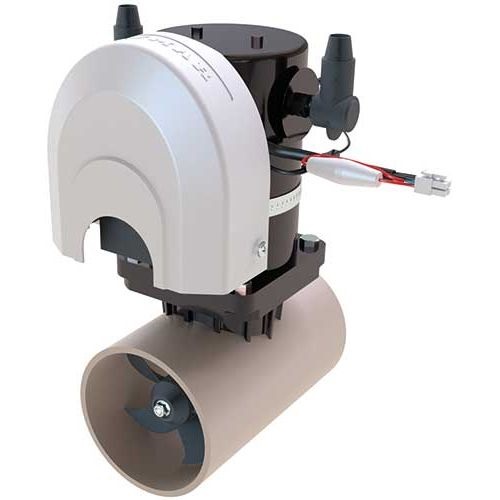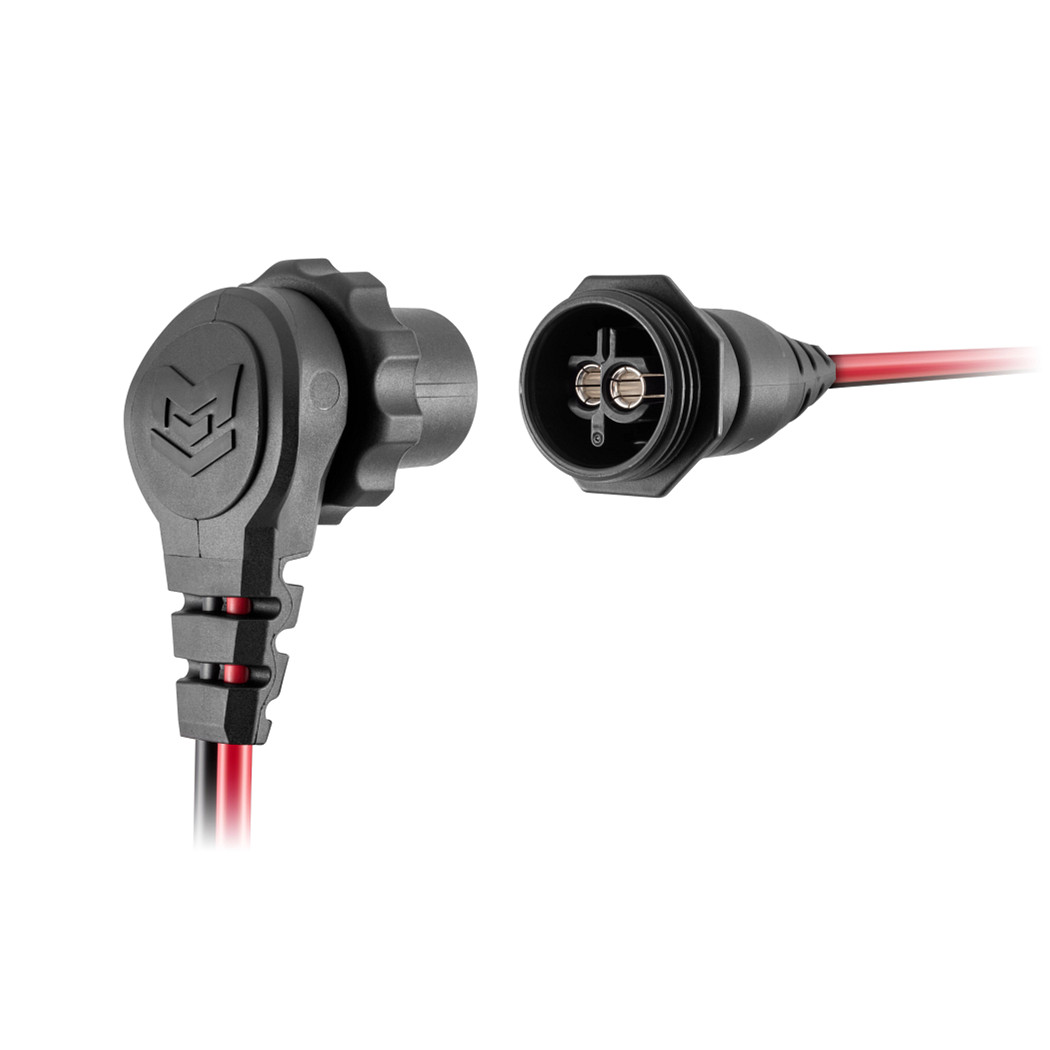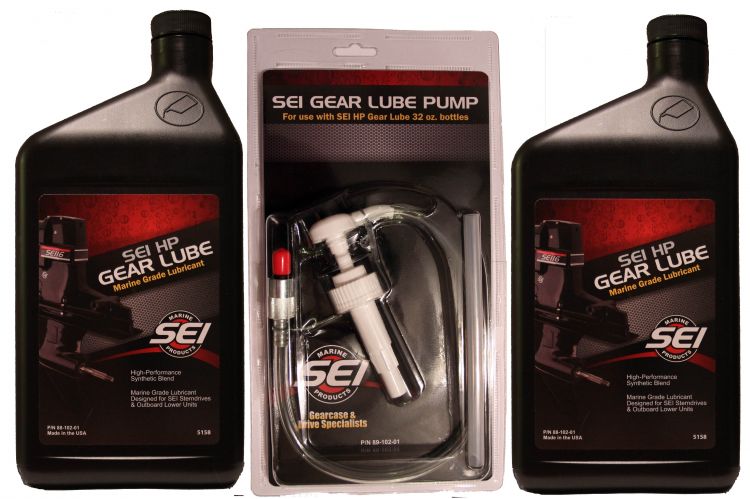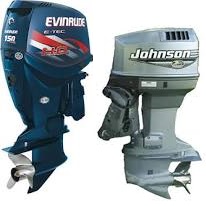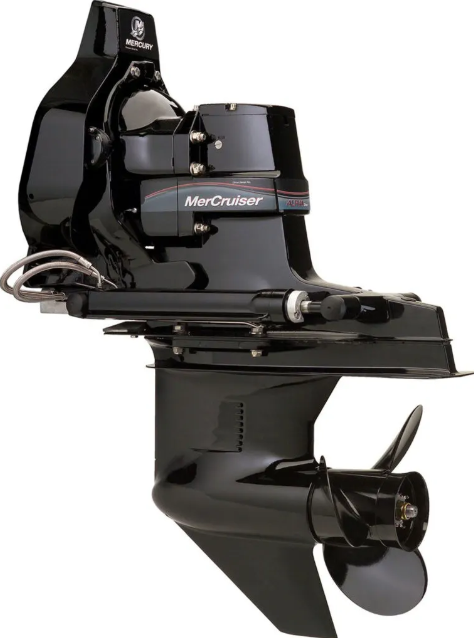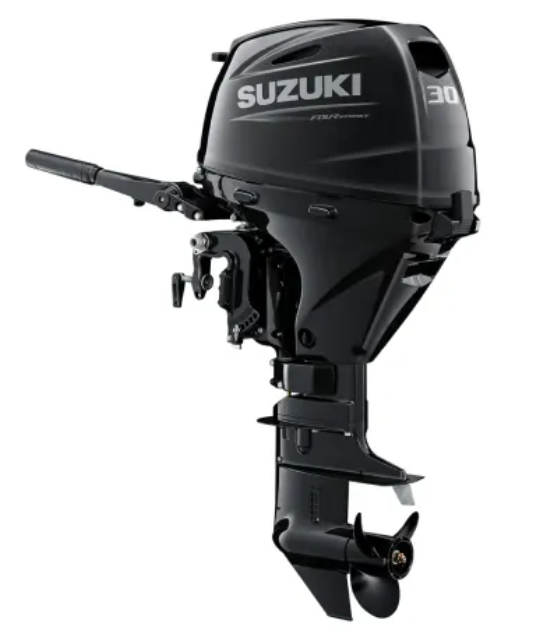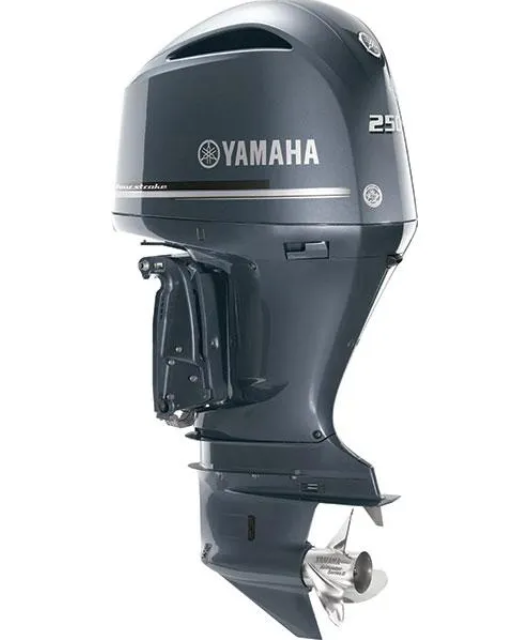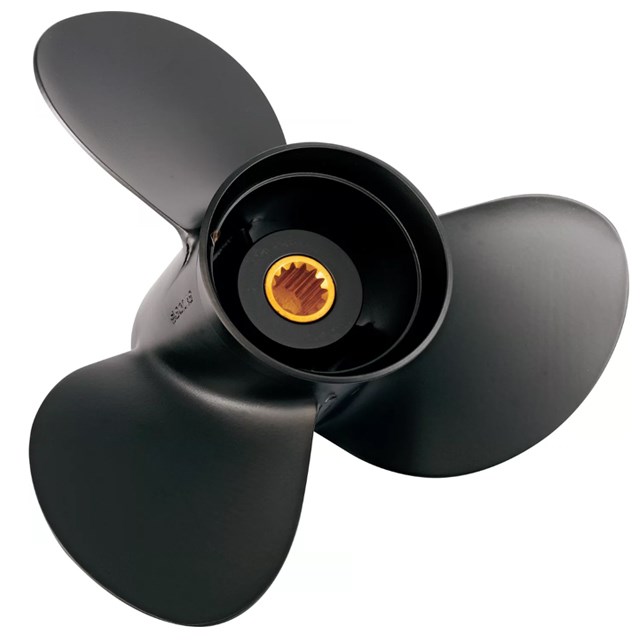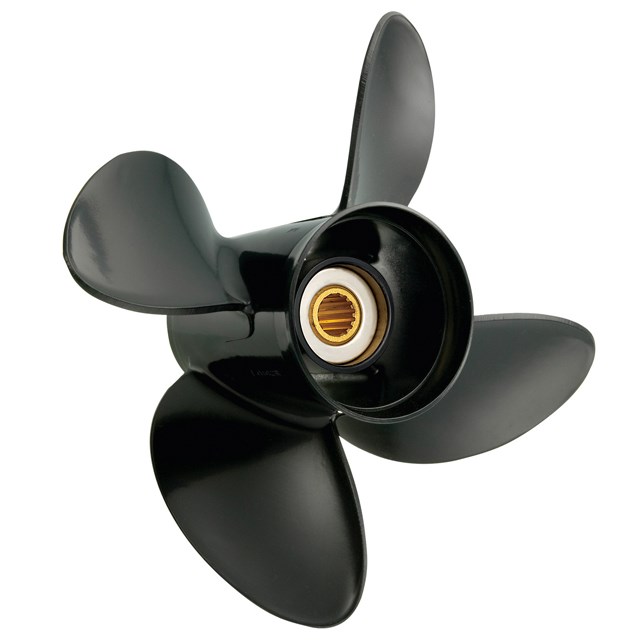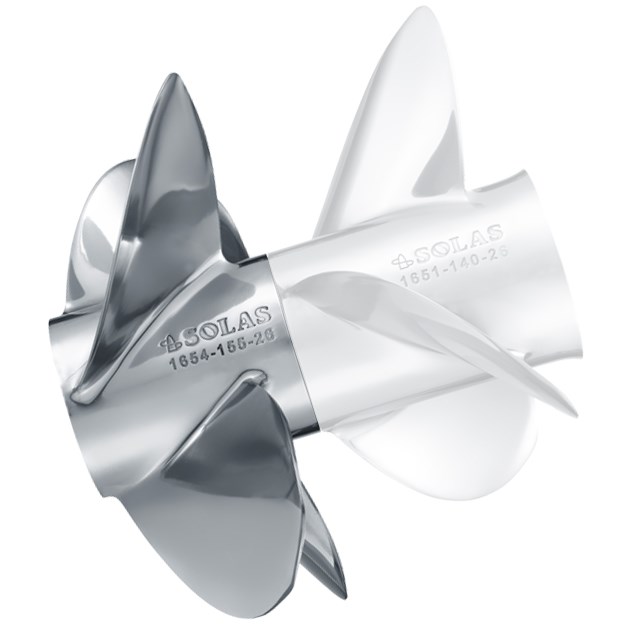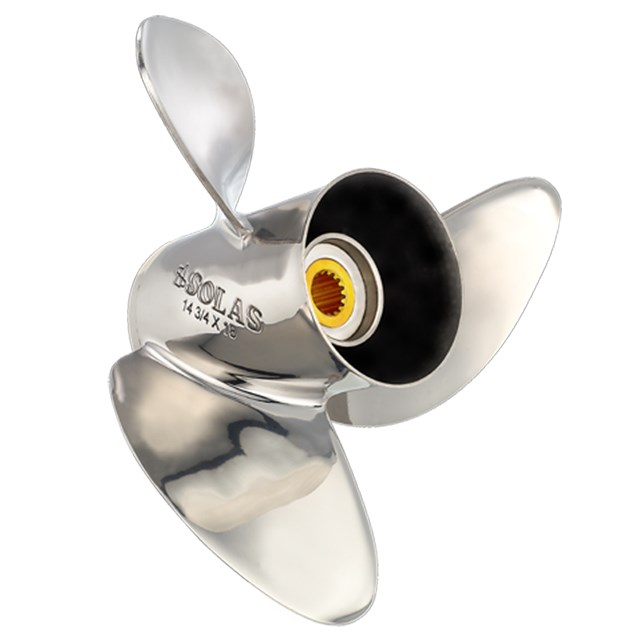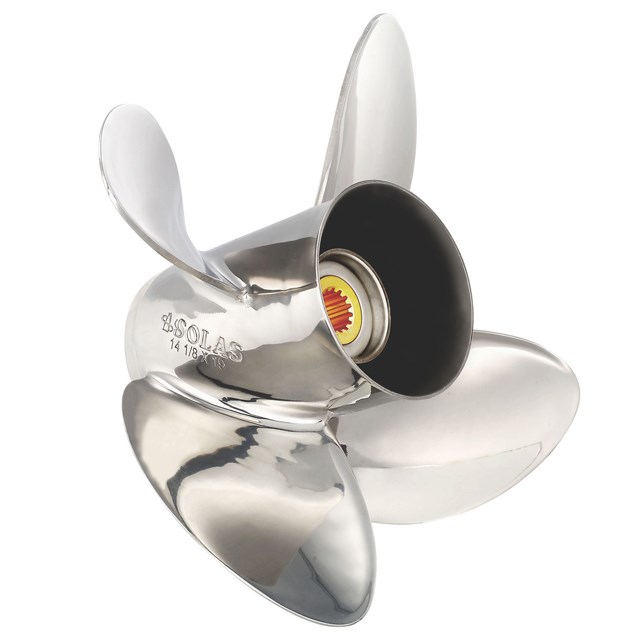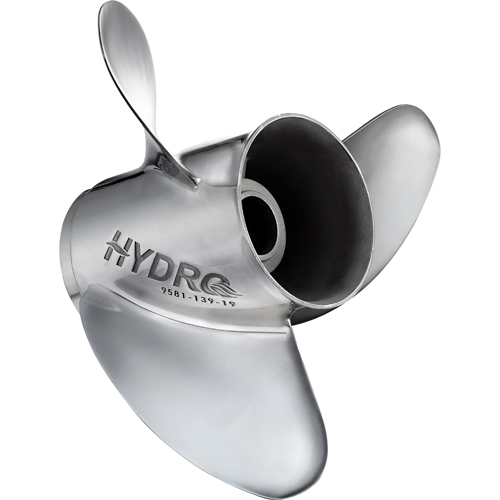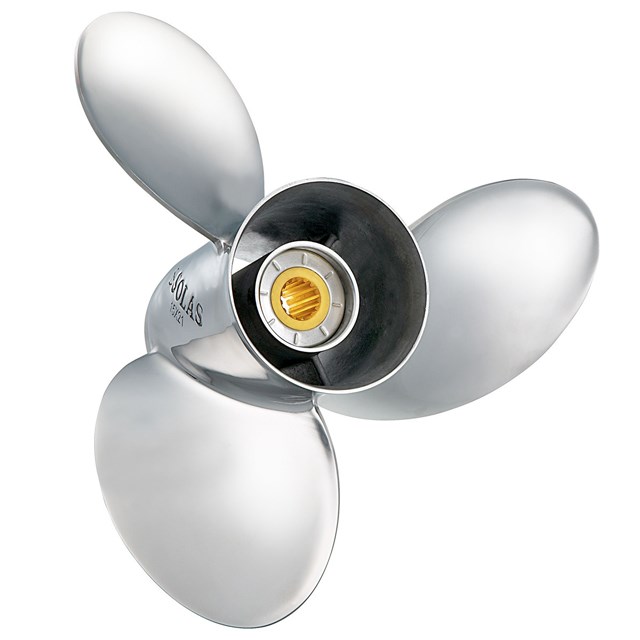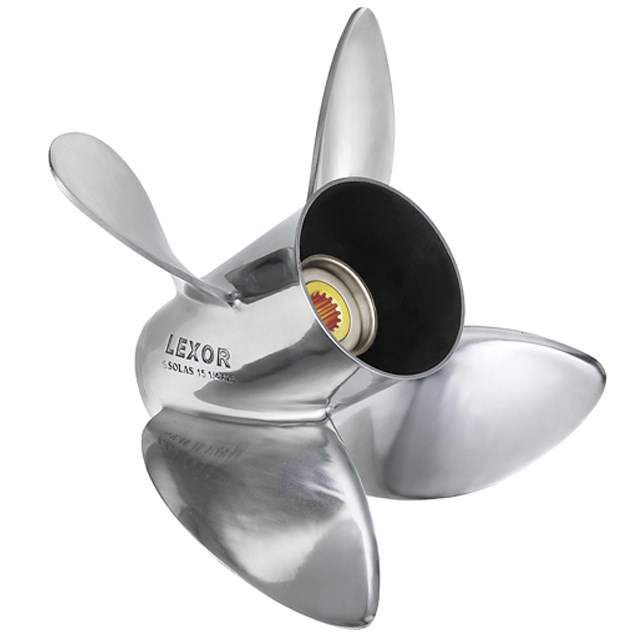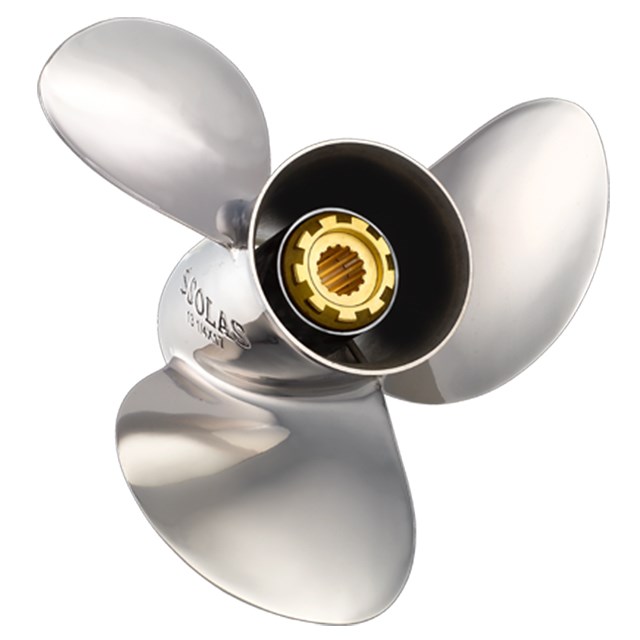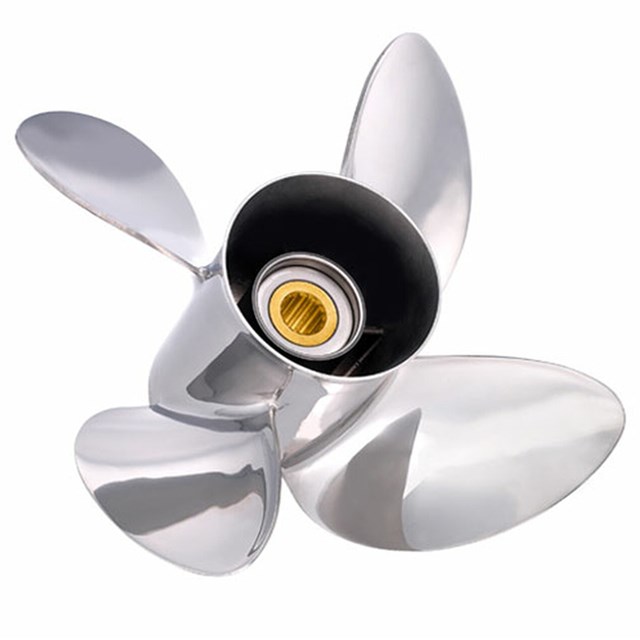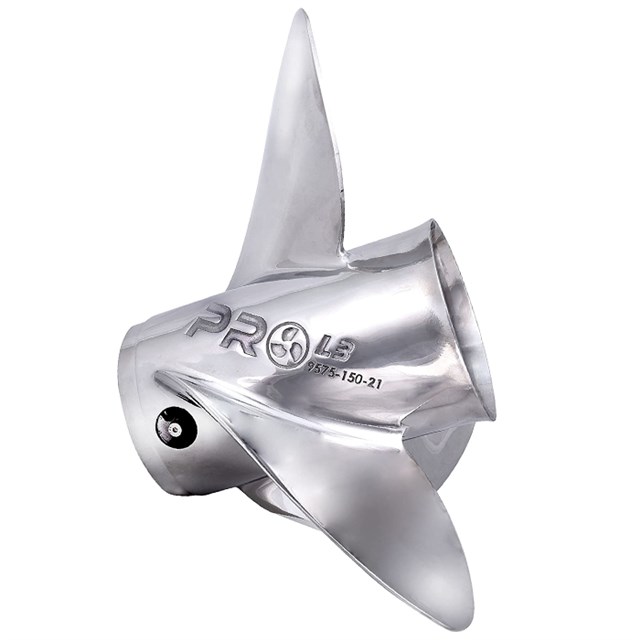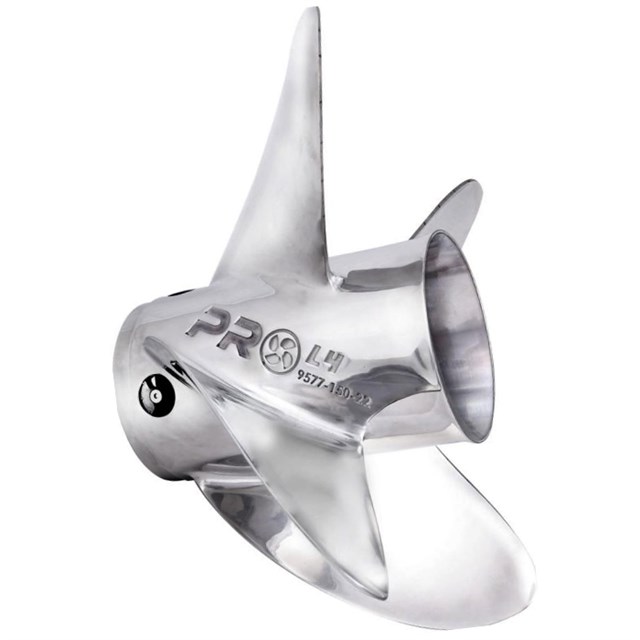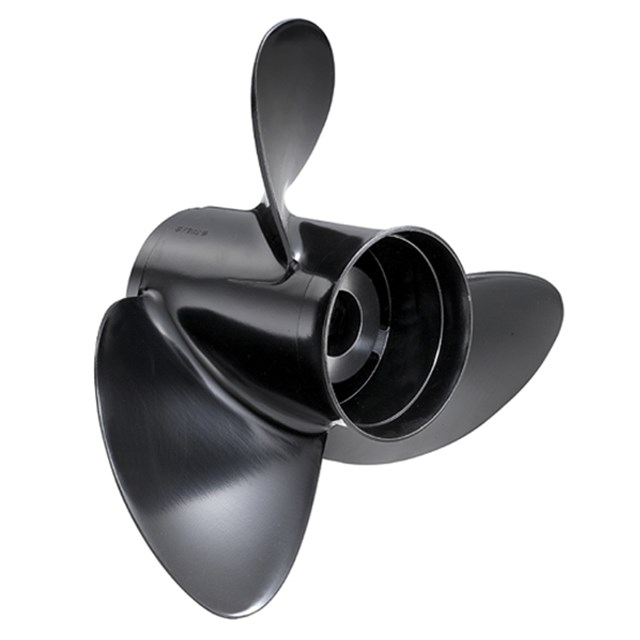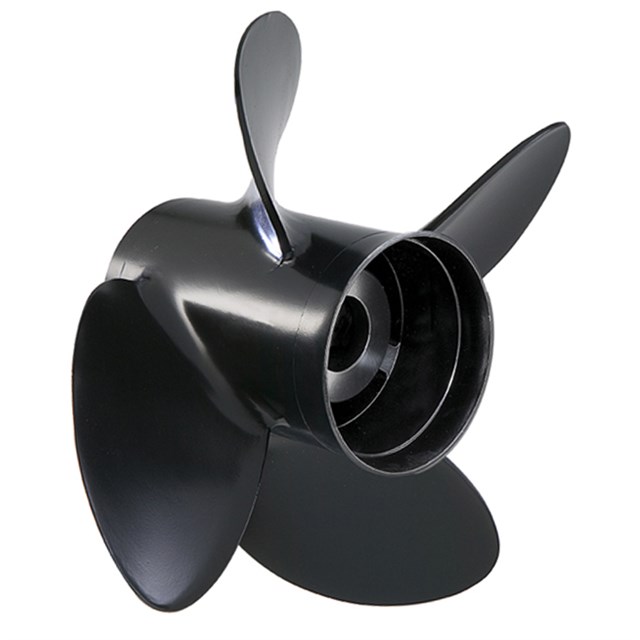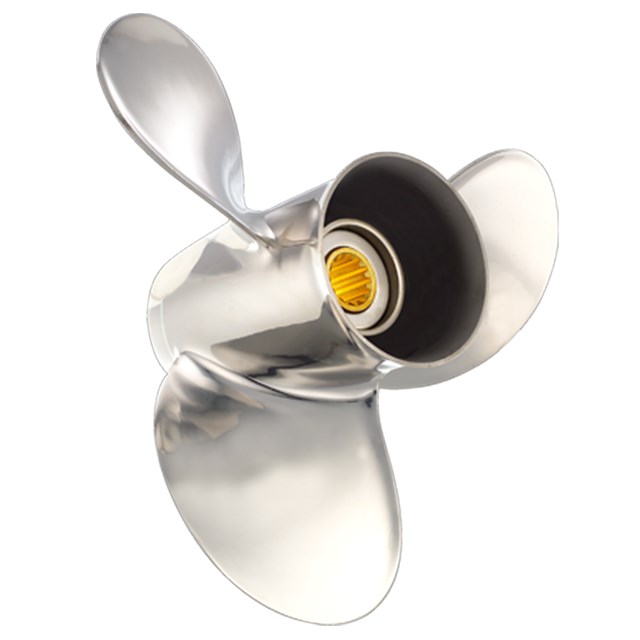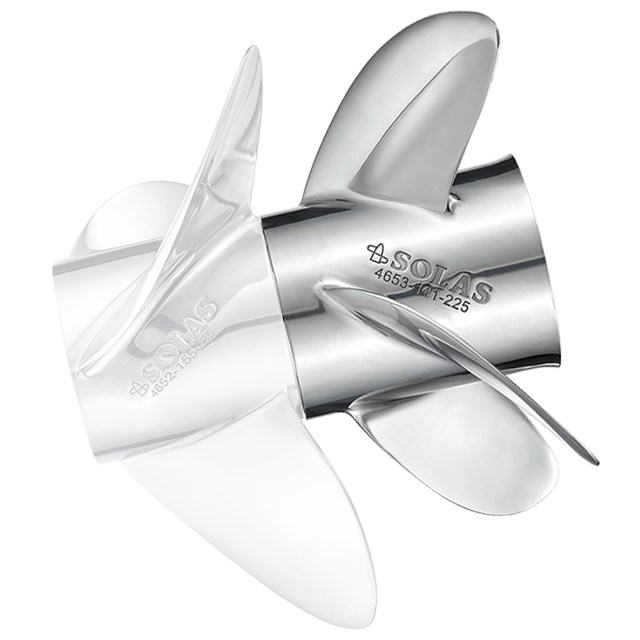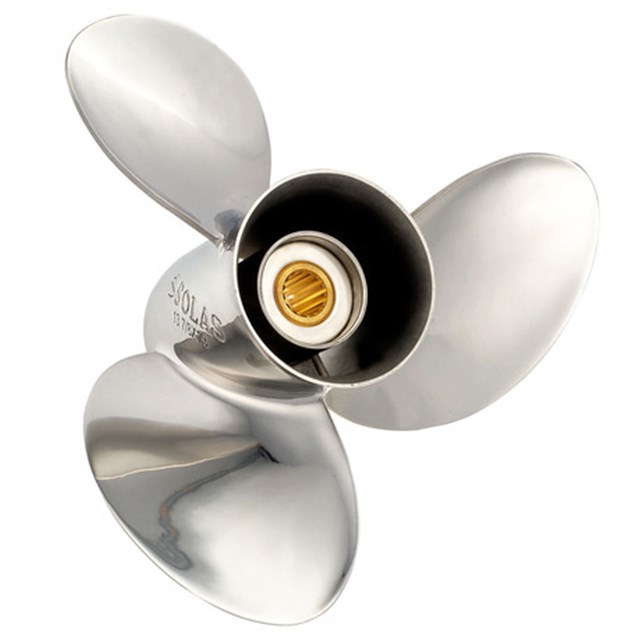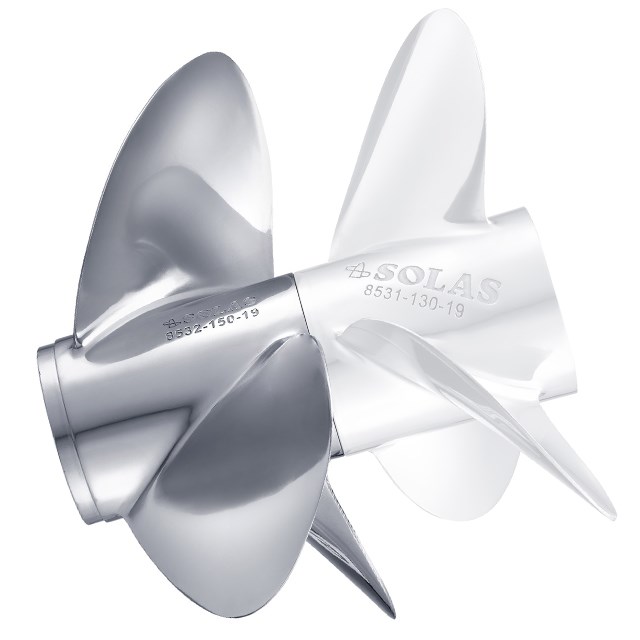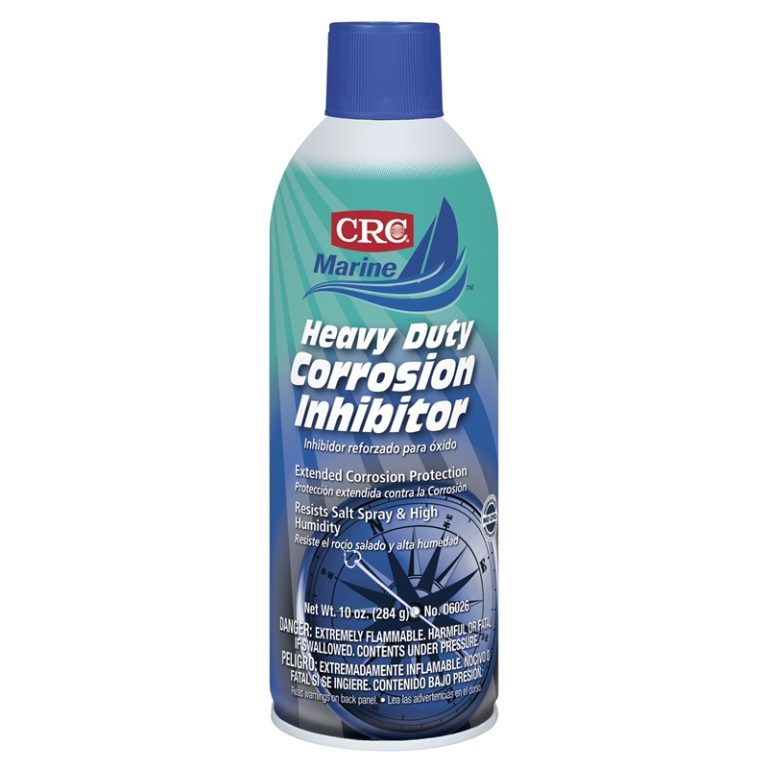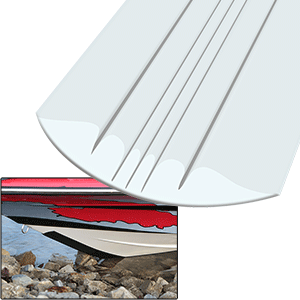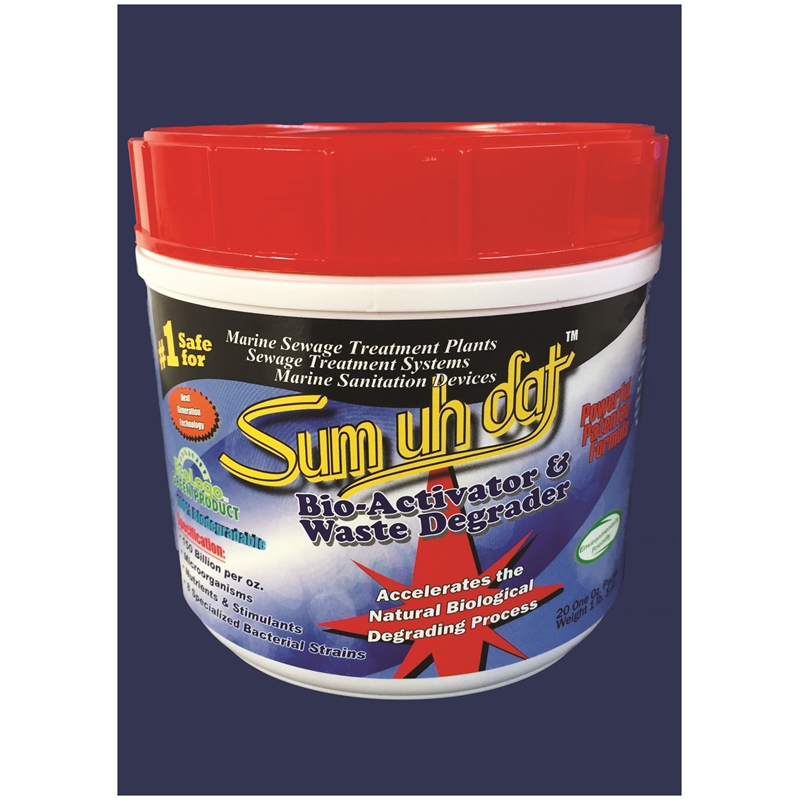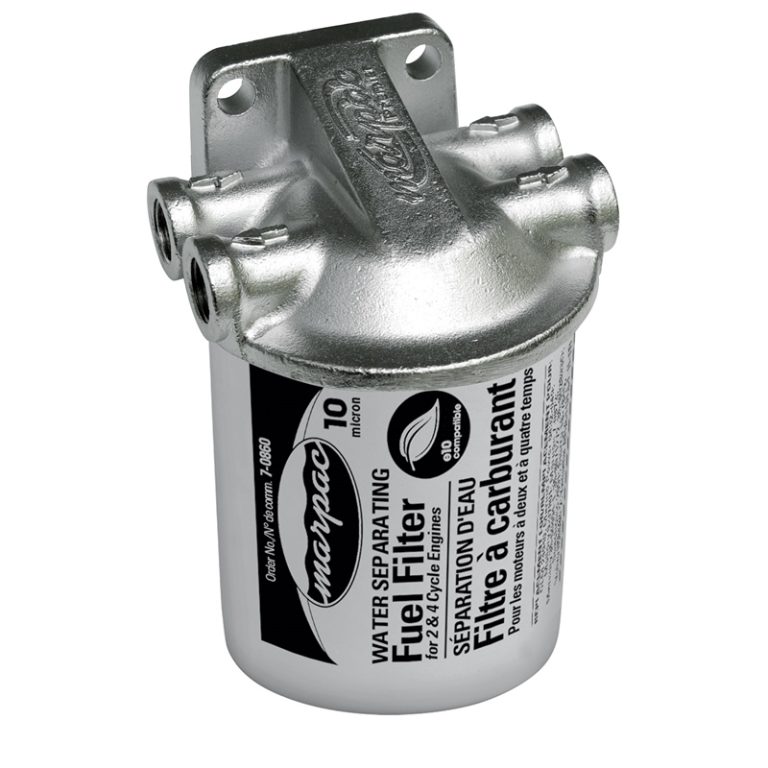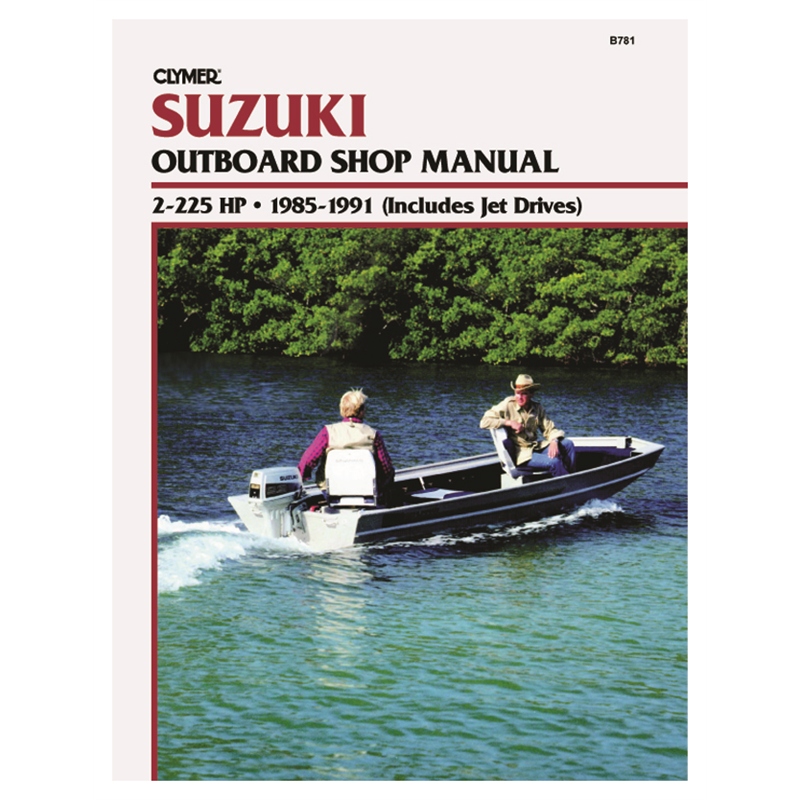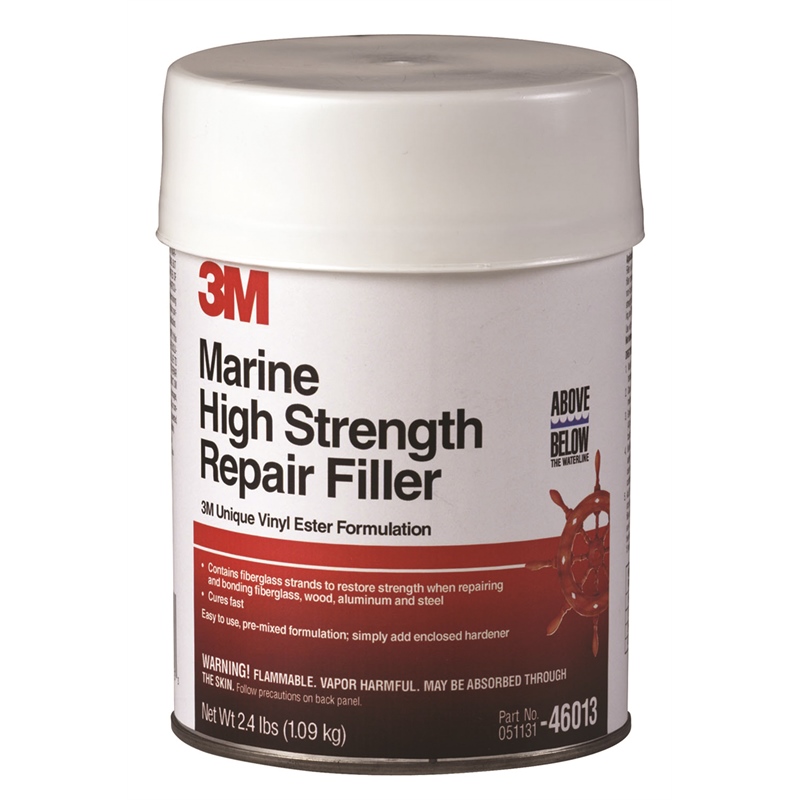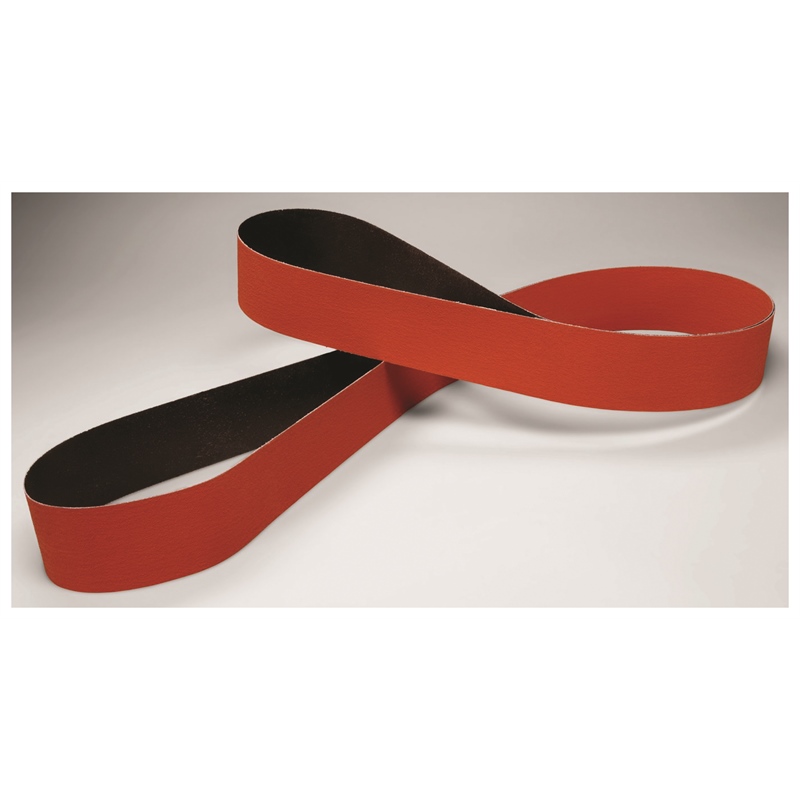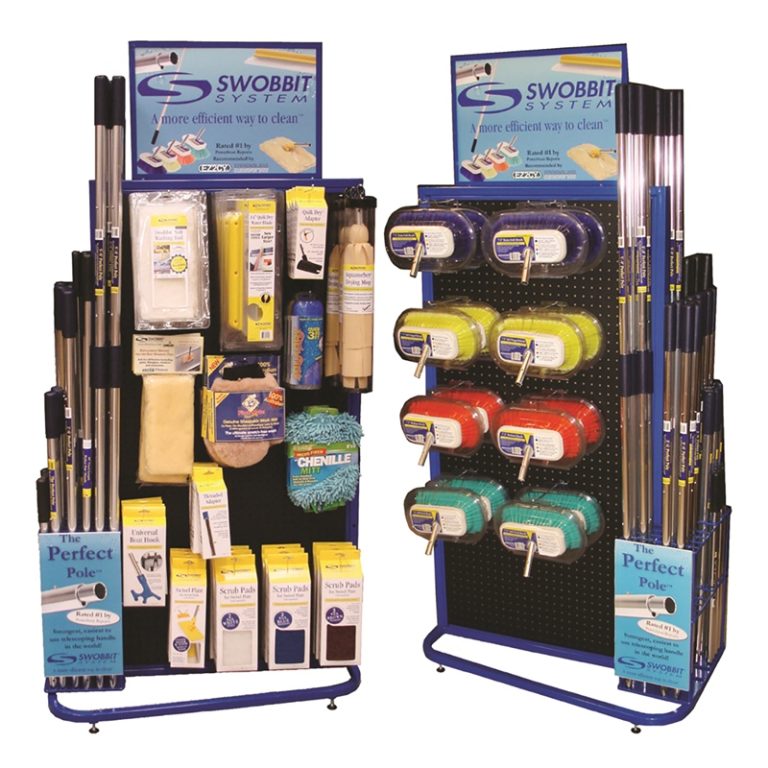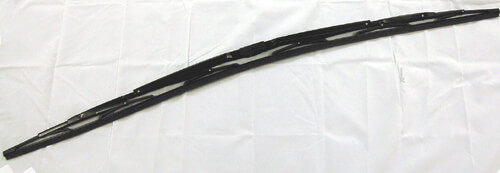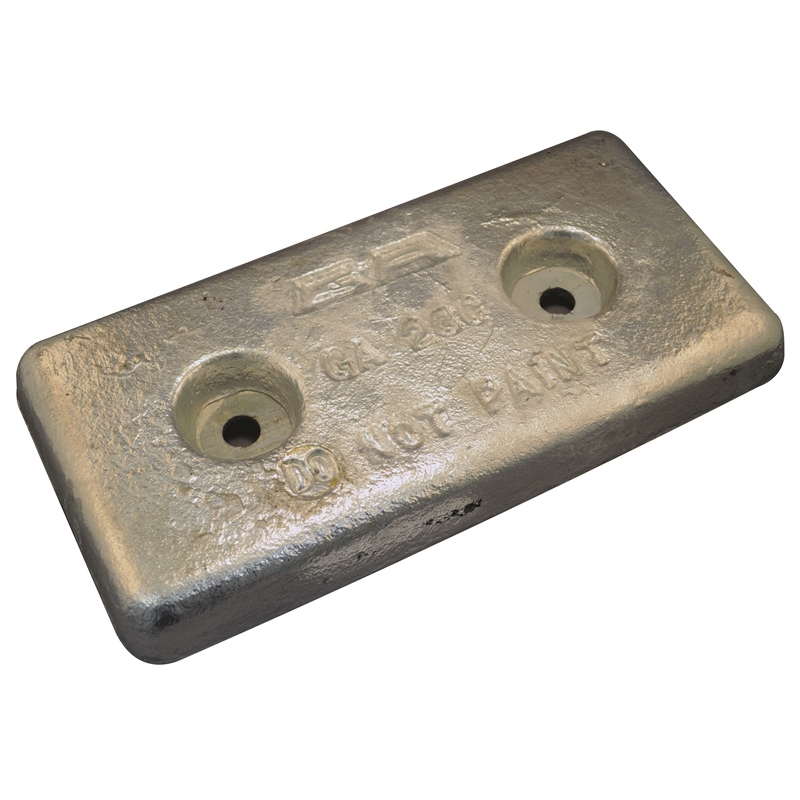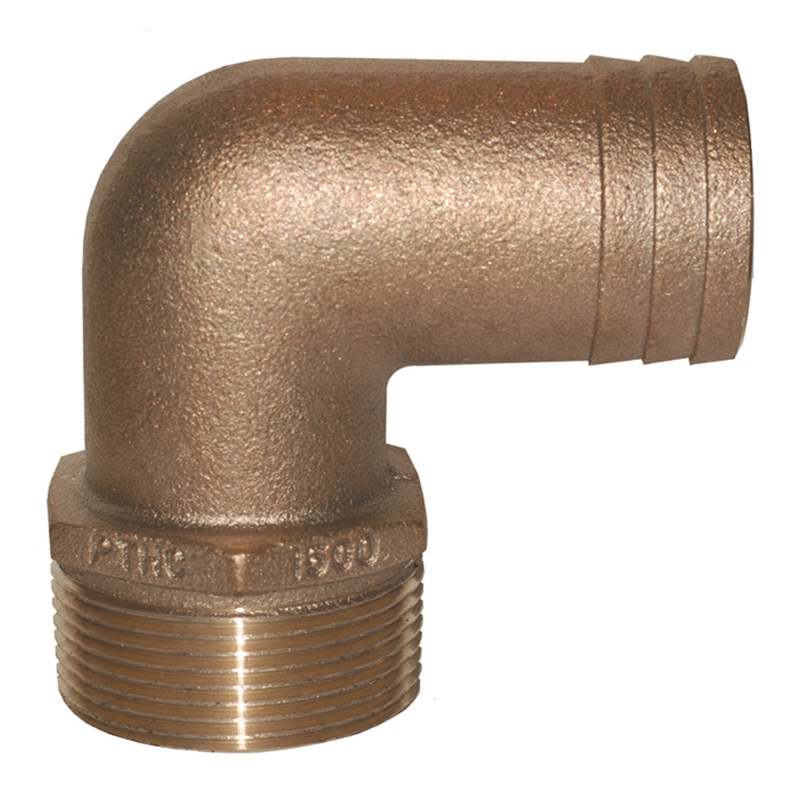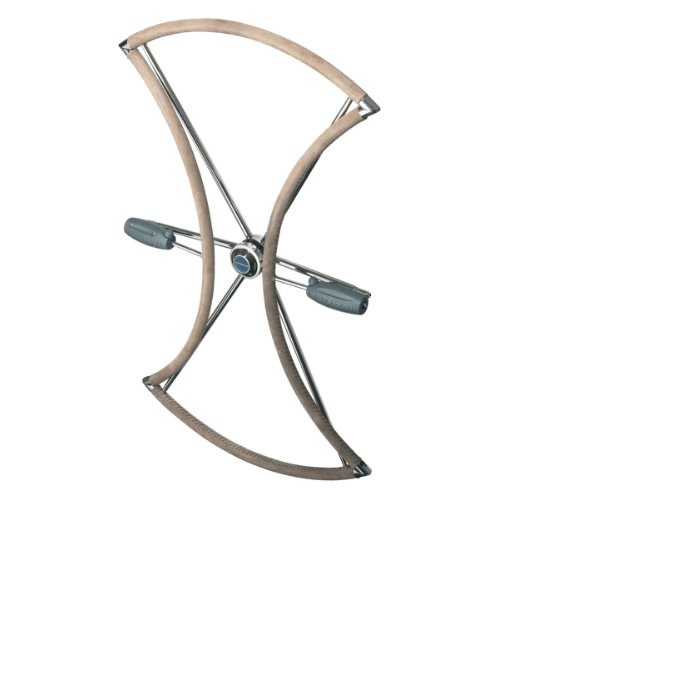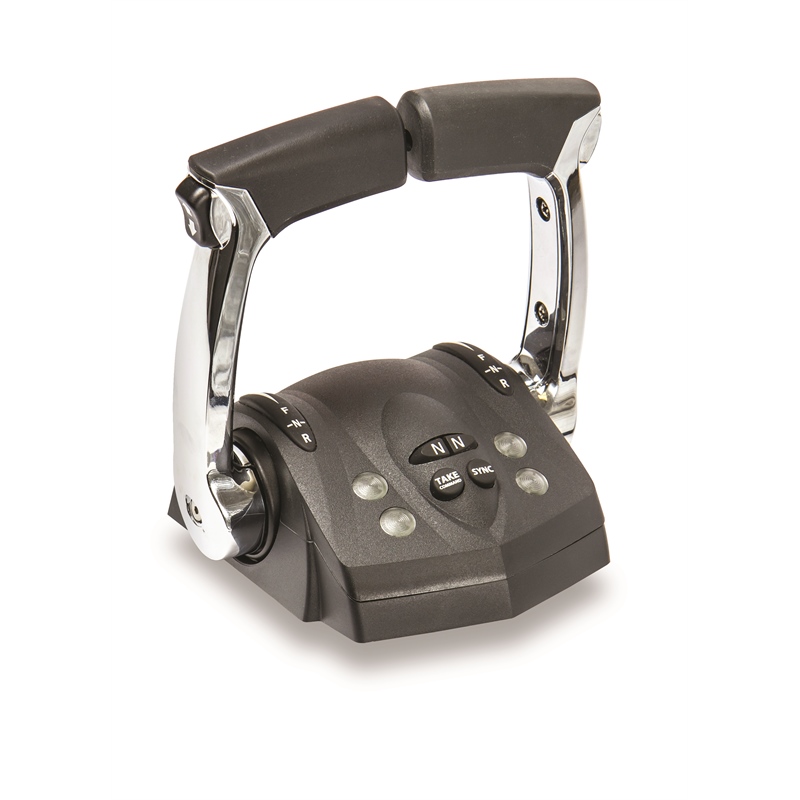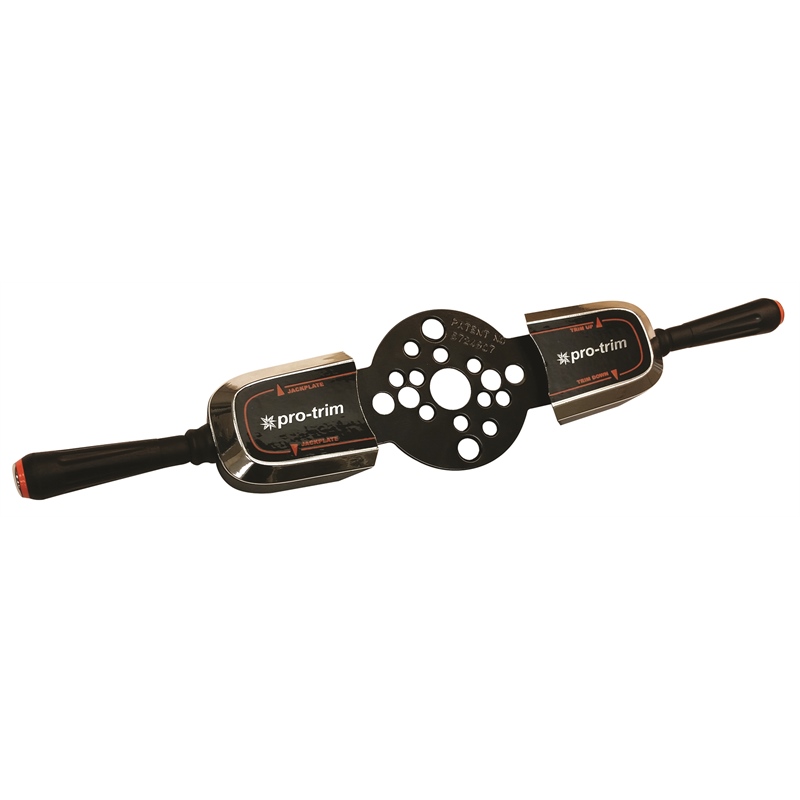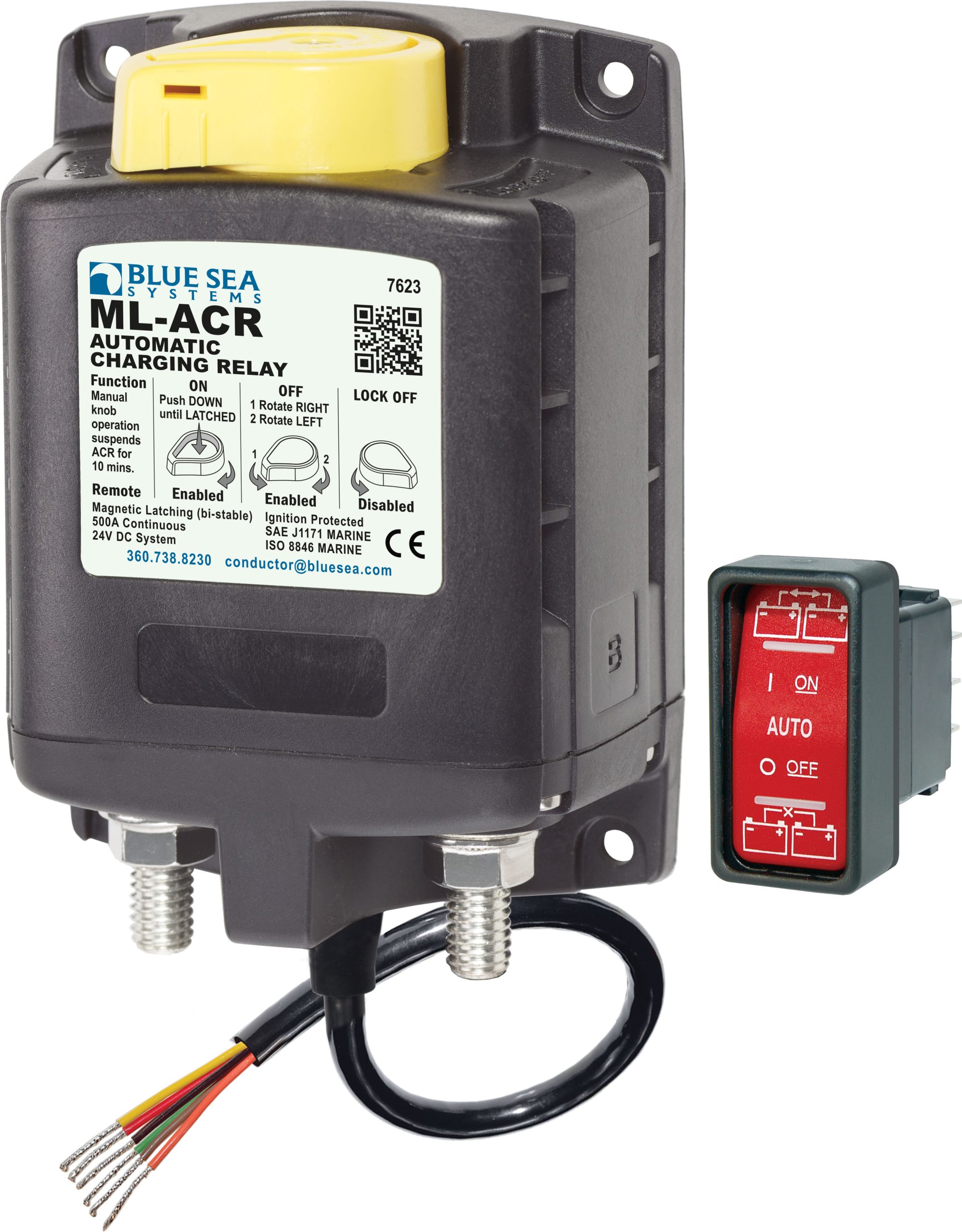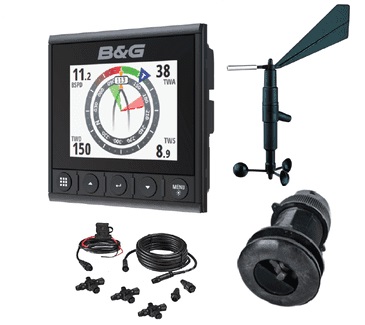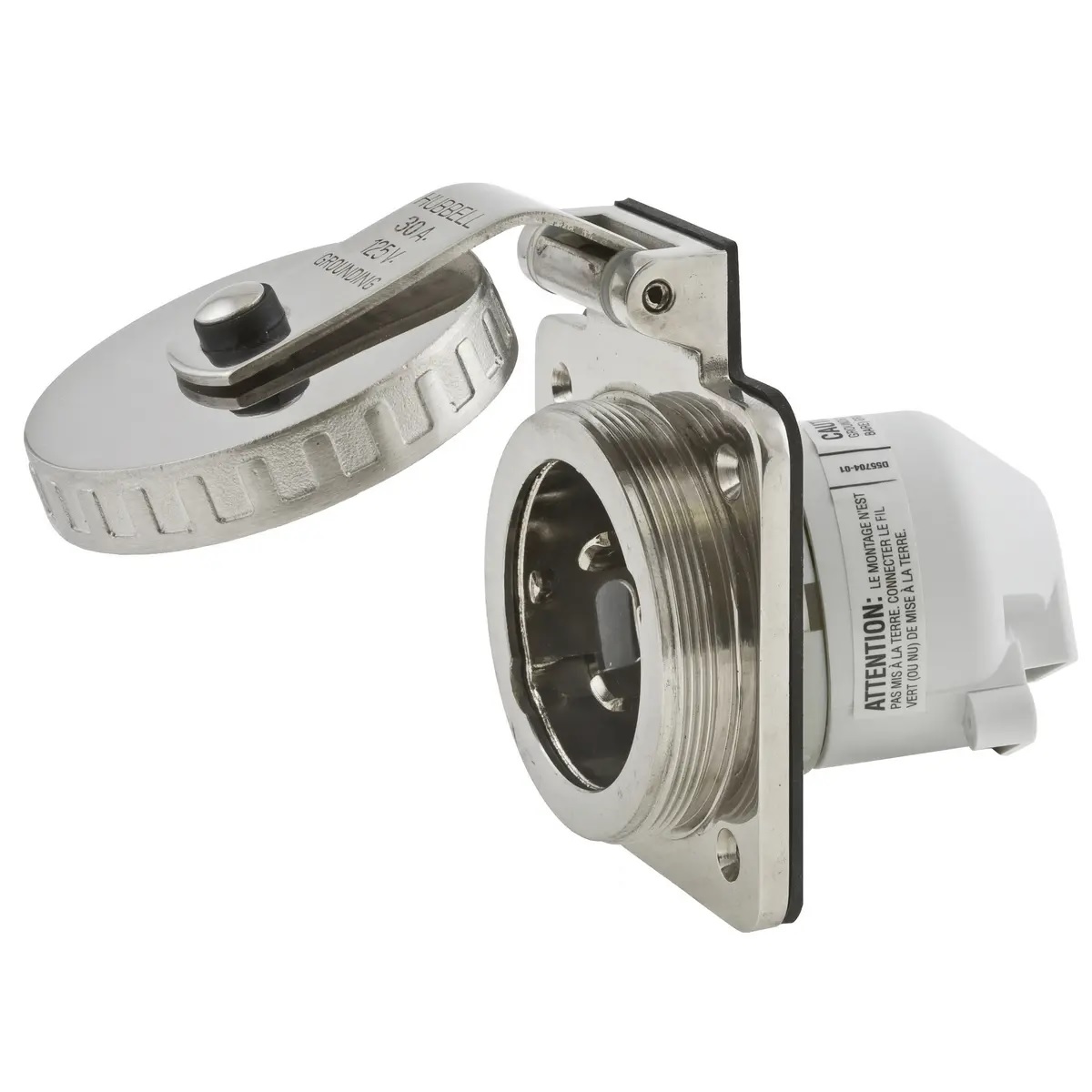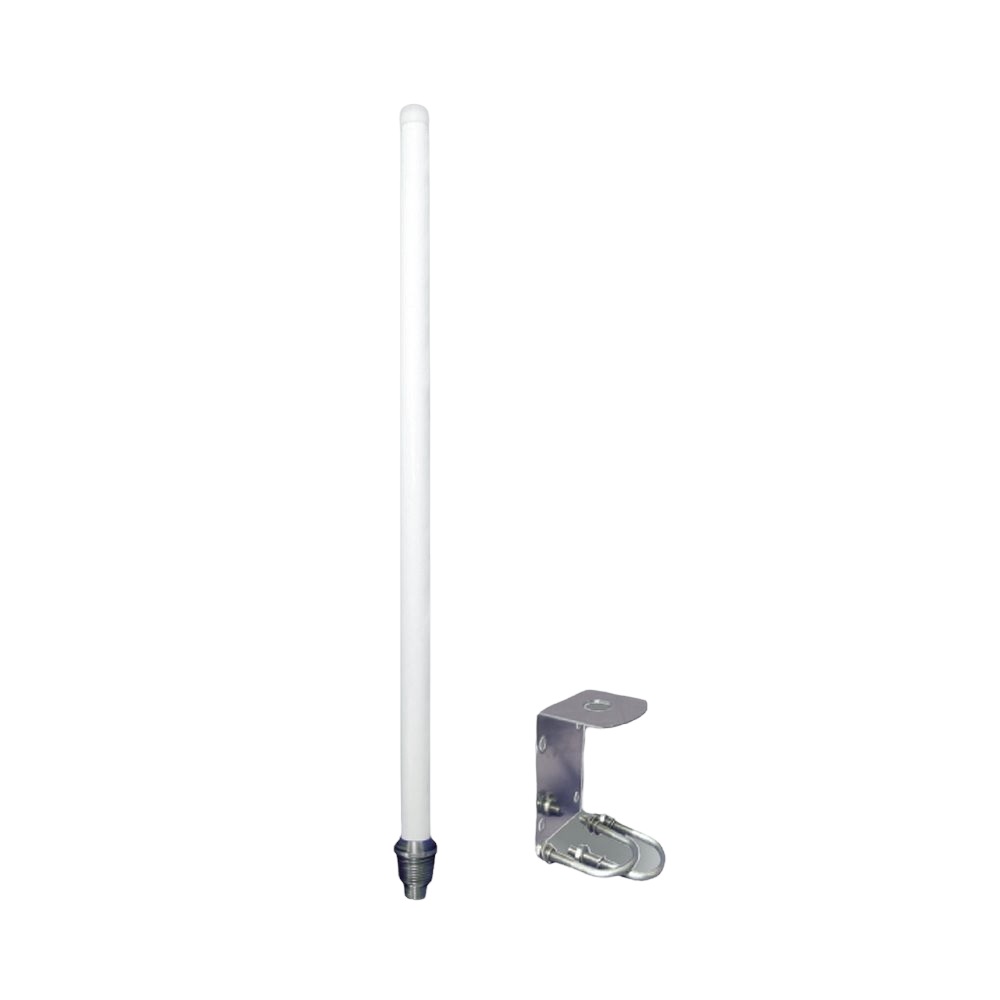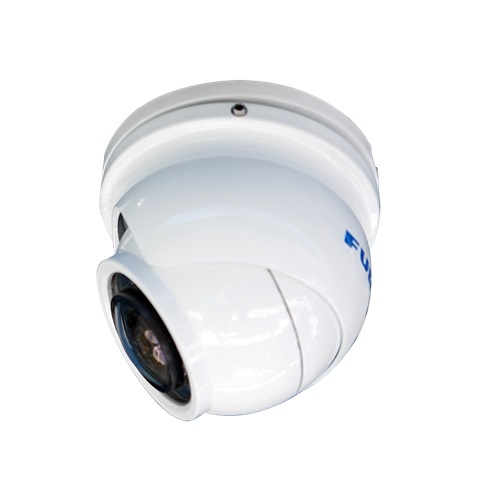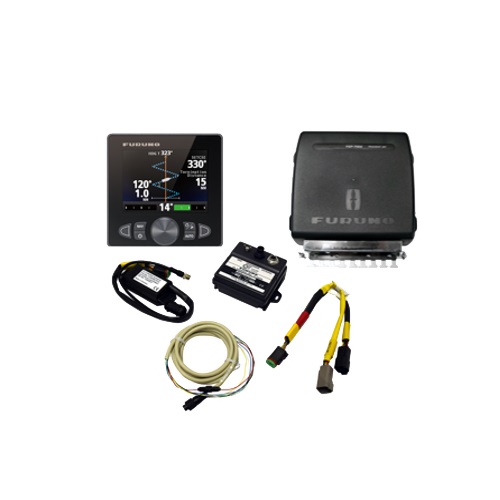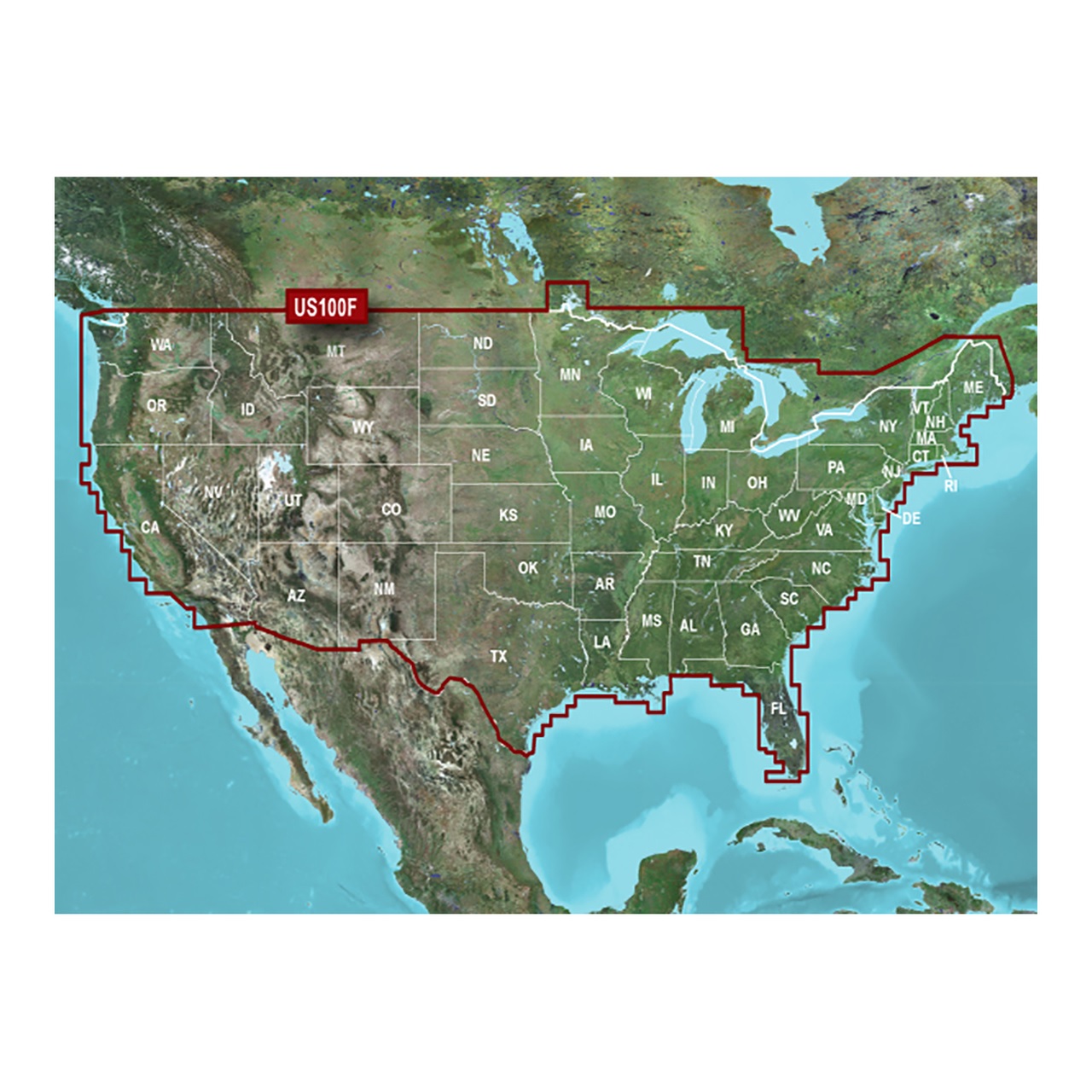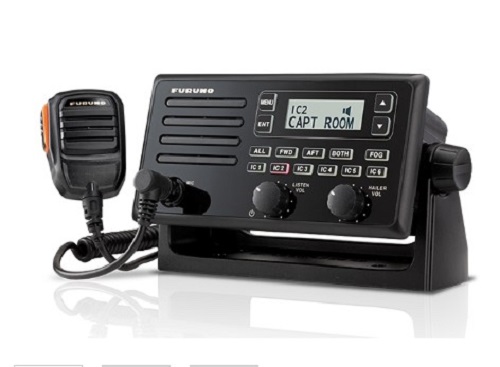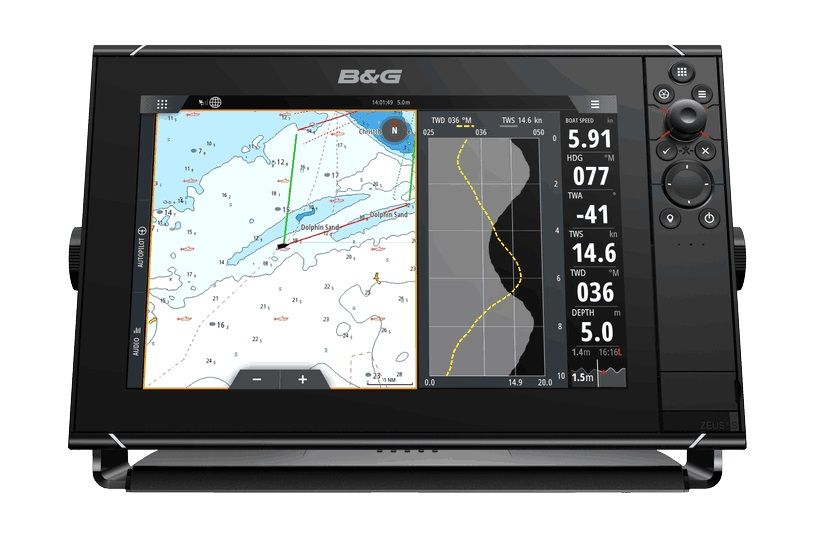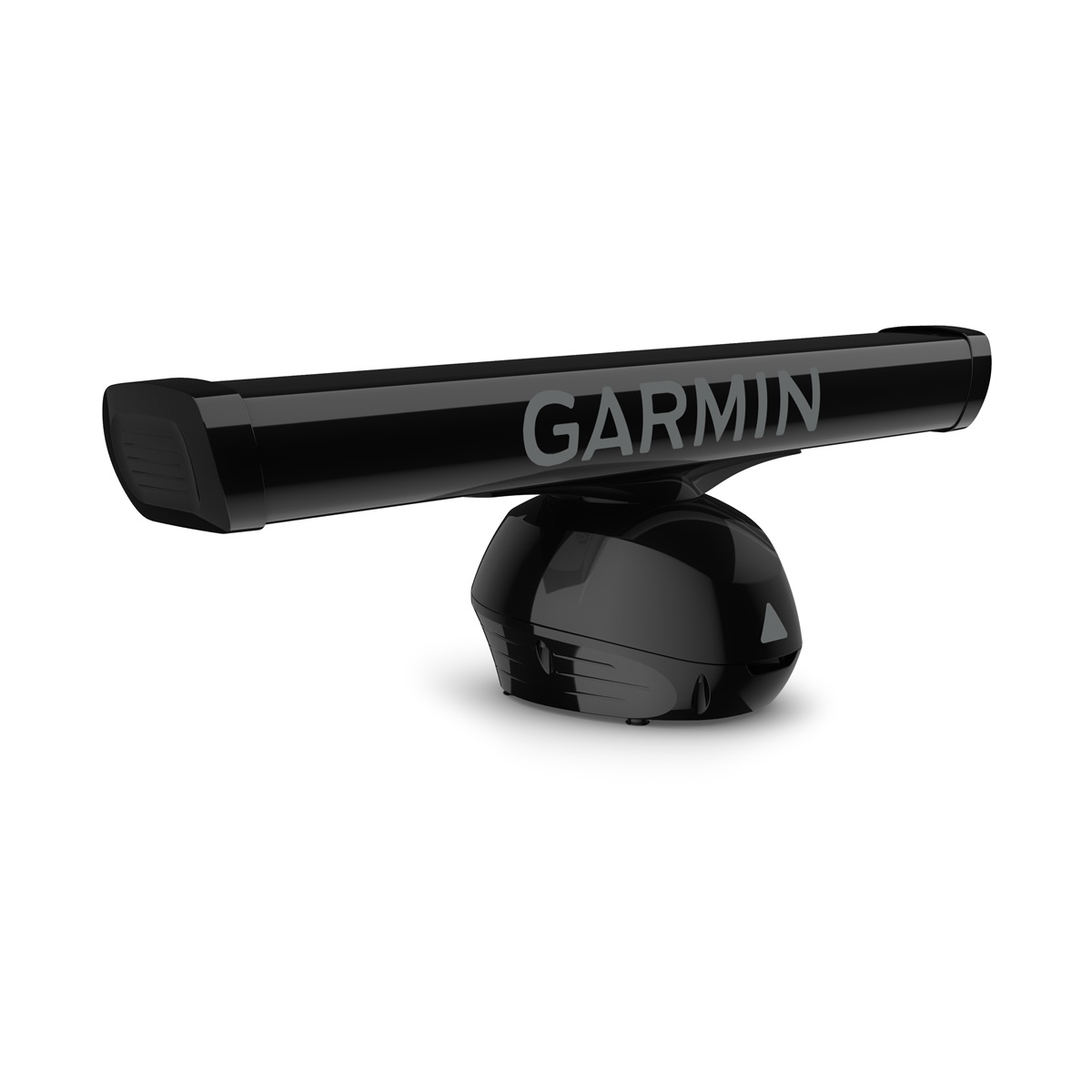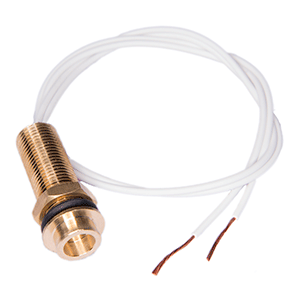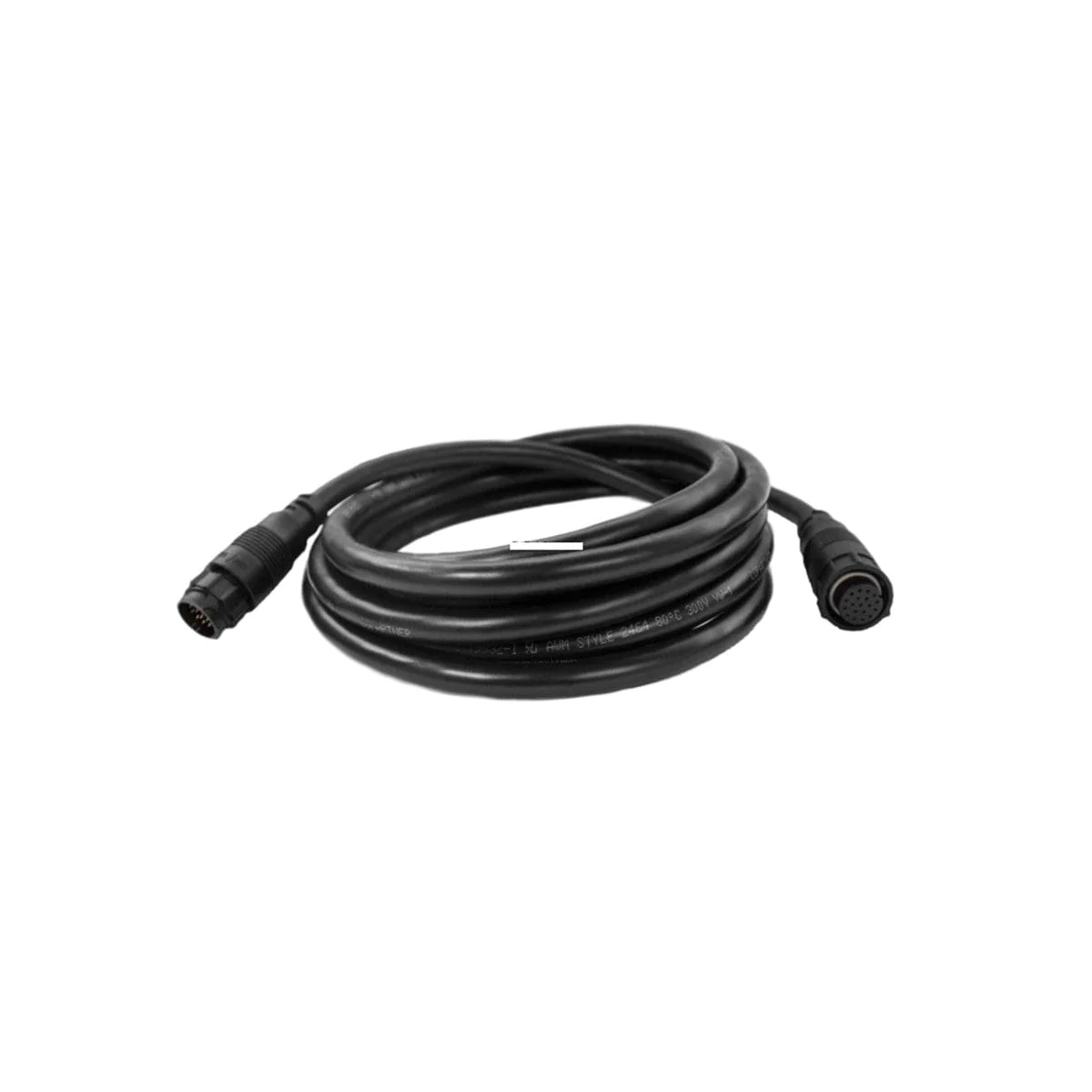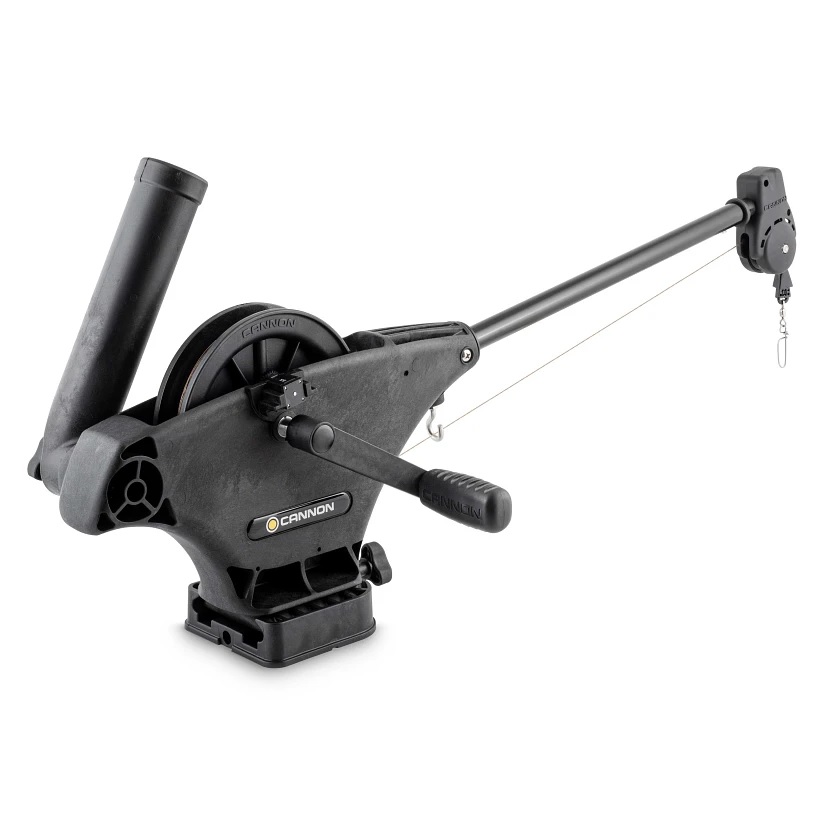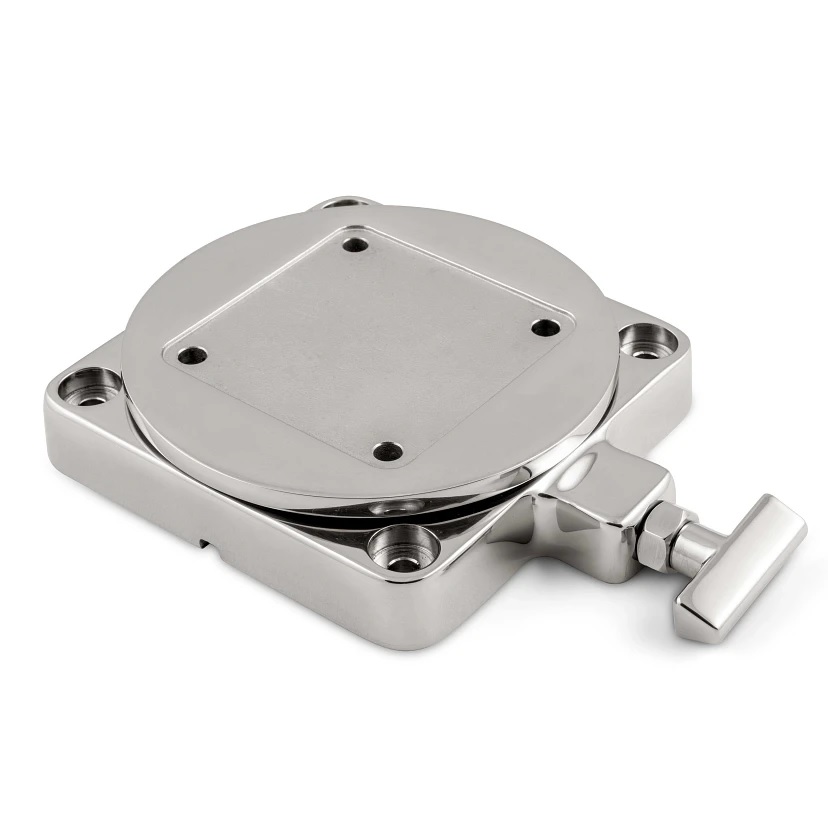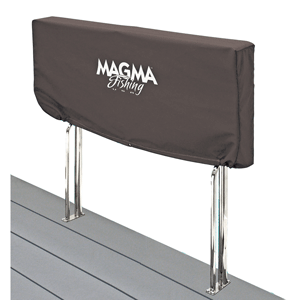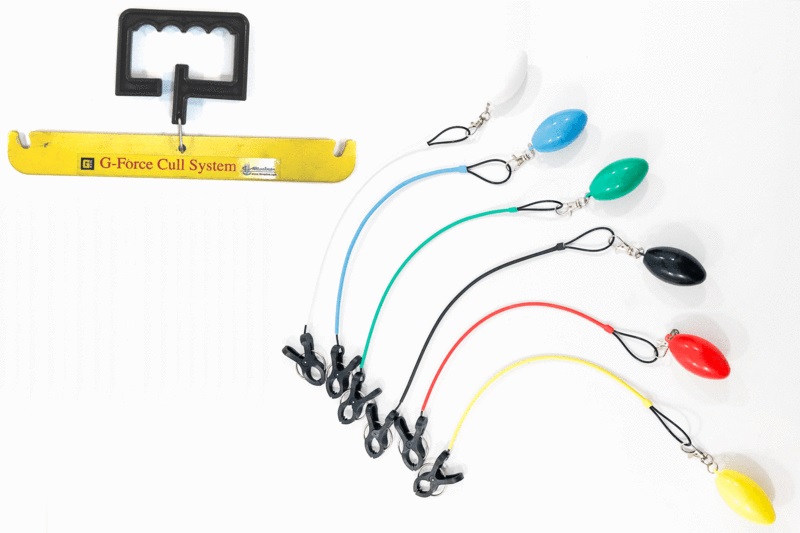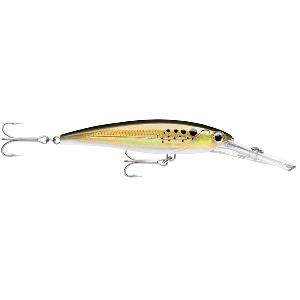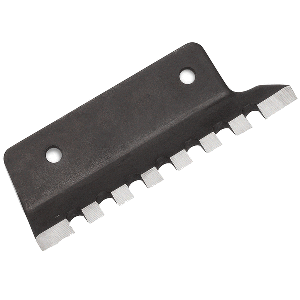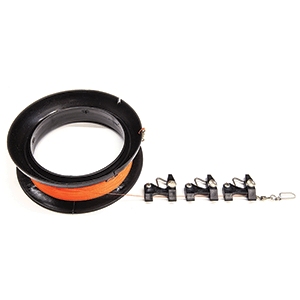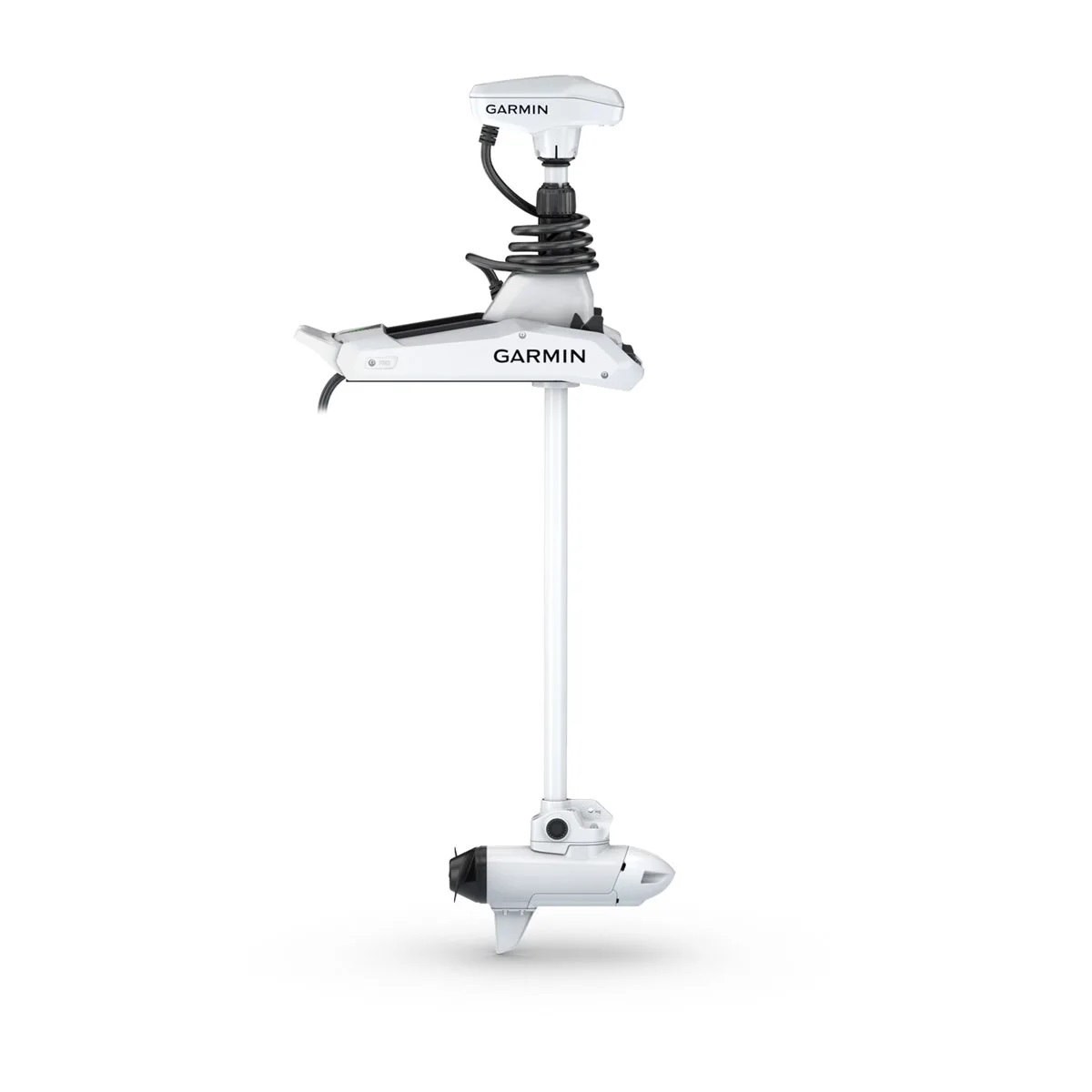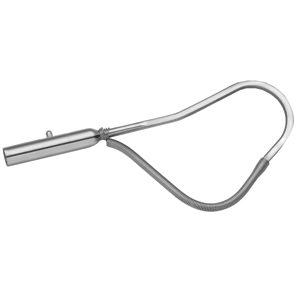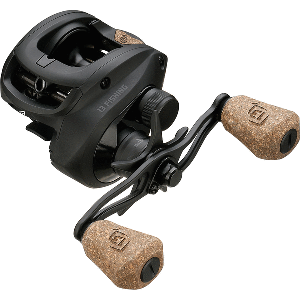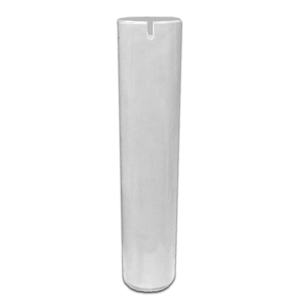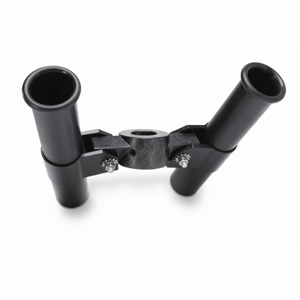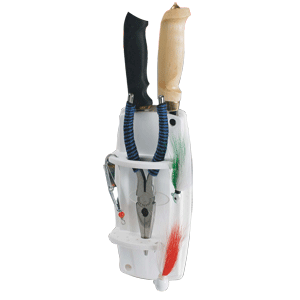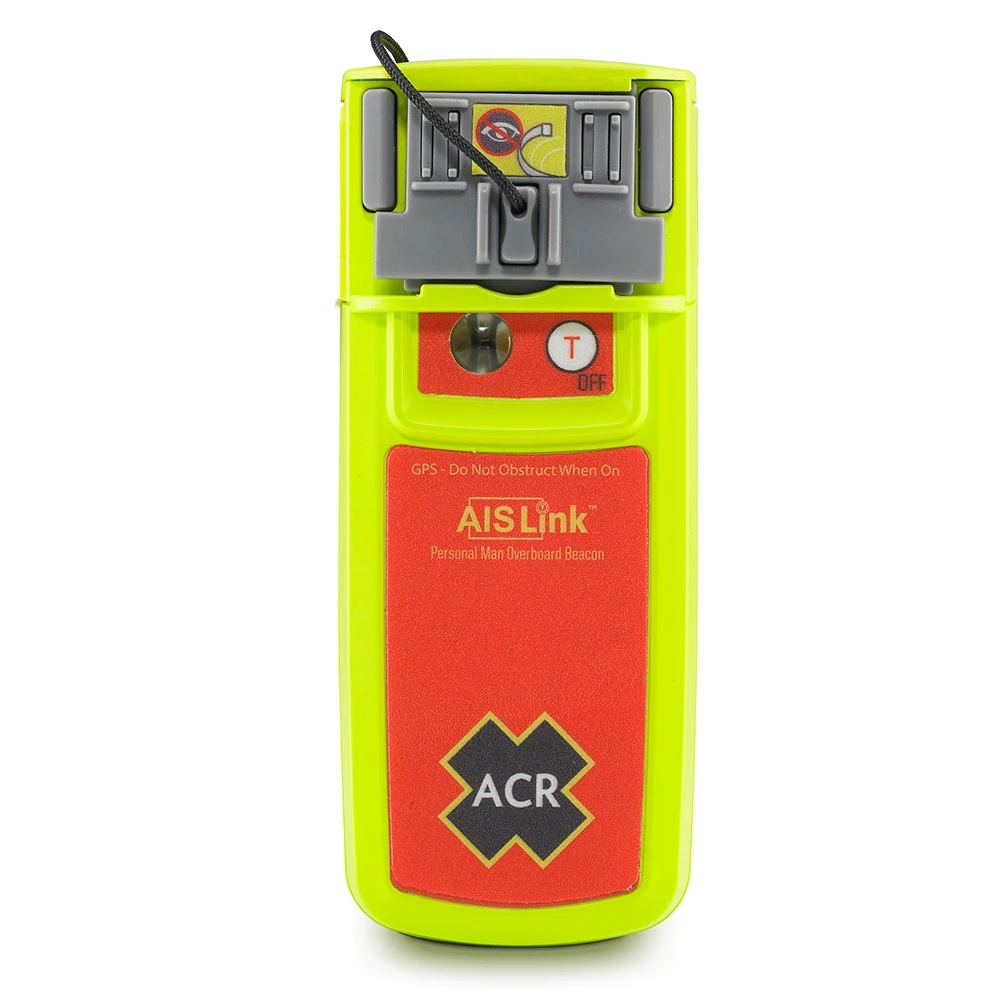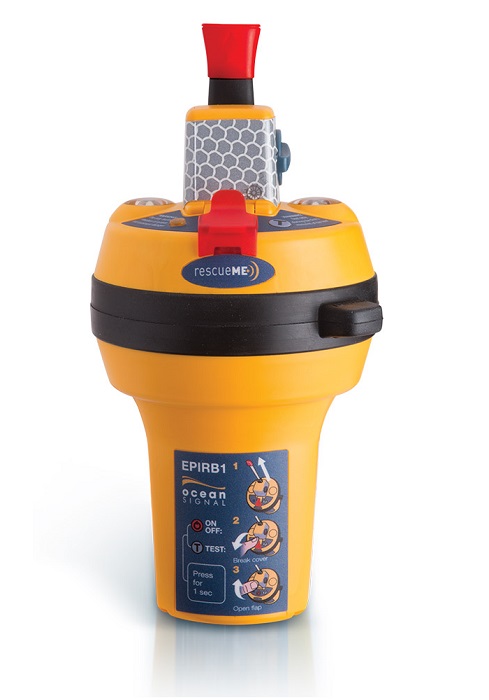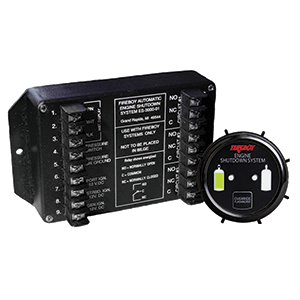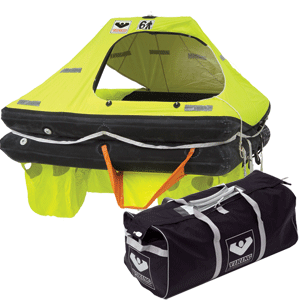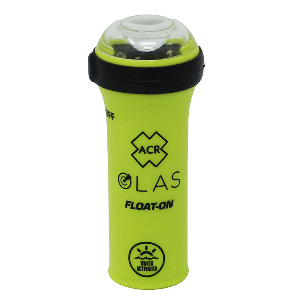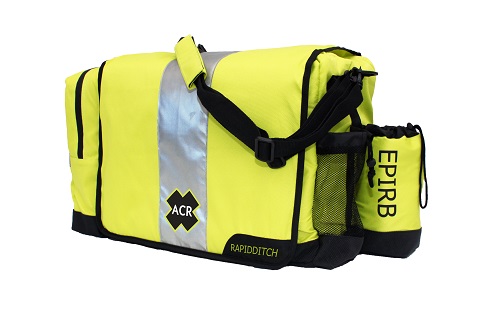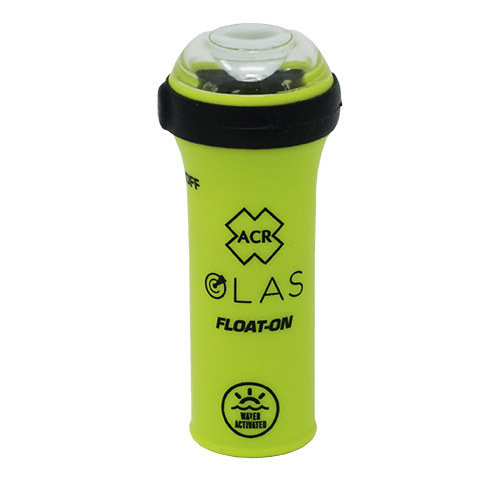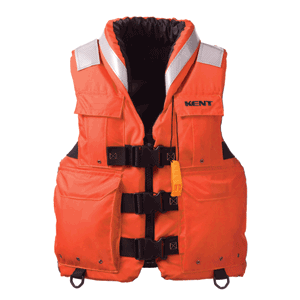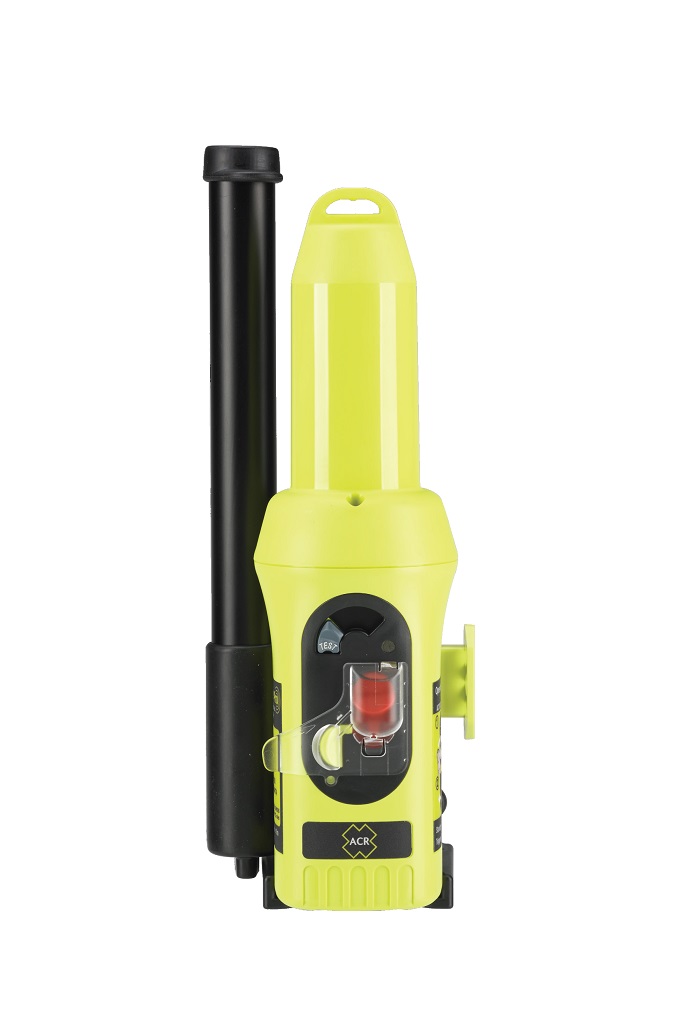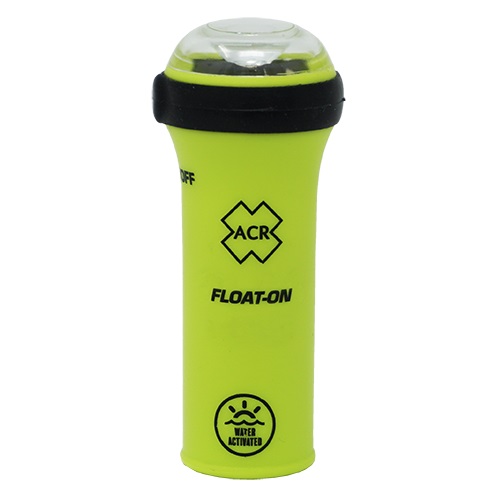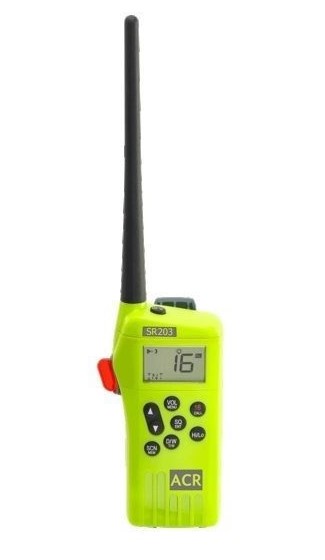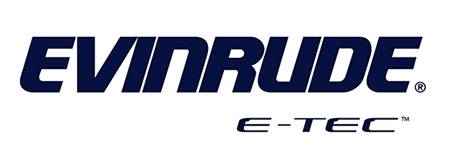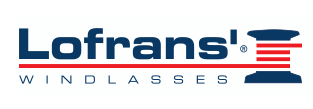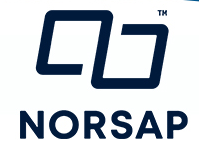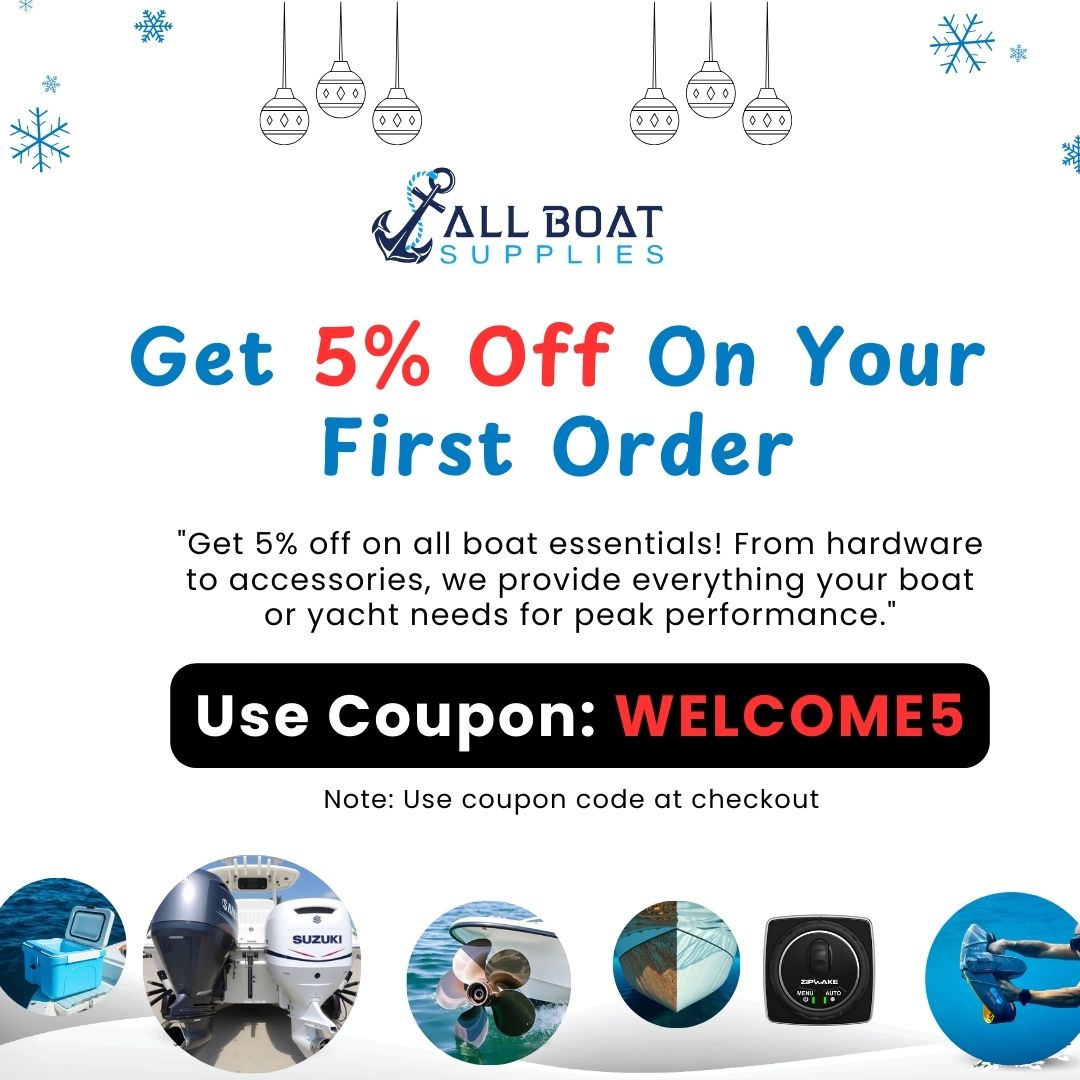Digital Yacht NMEA2000 Kit – Reliable or Risky?
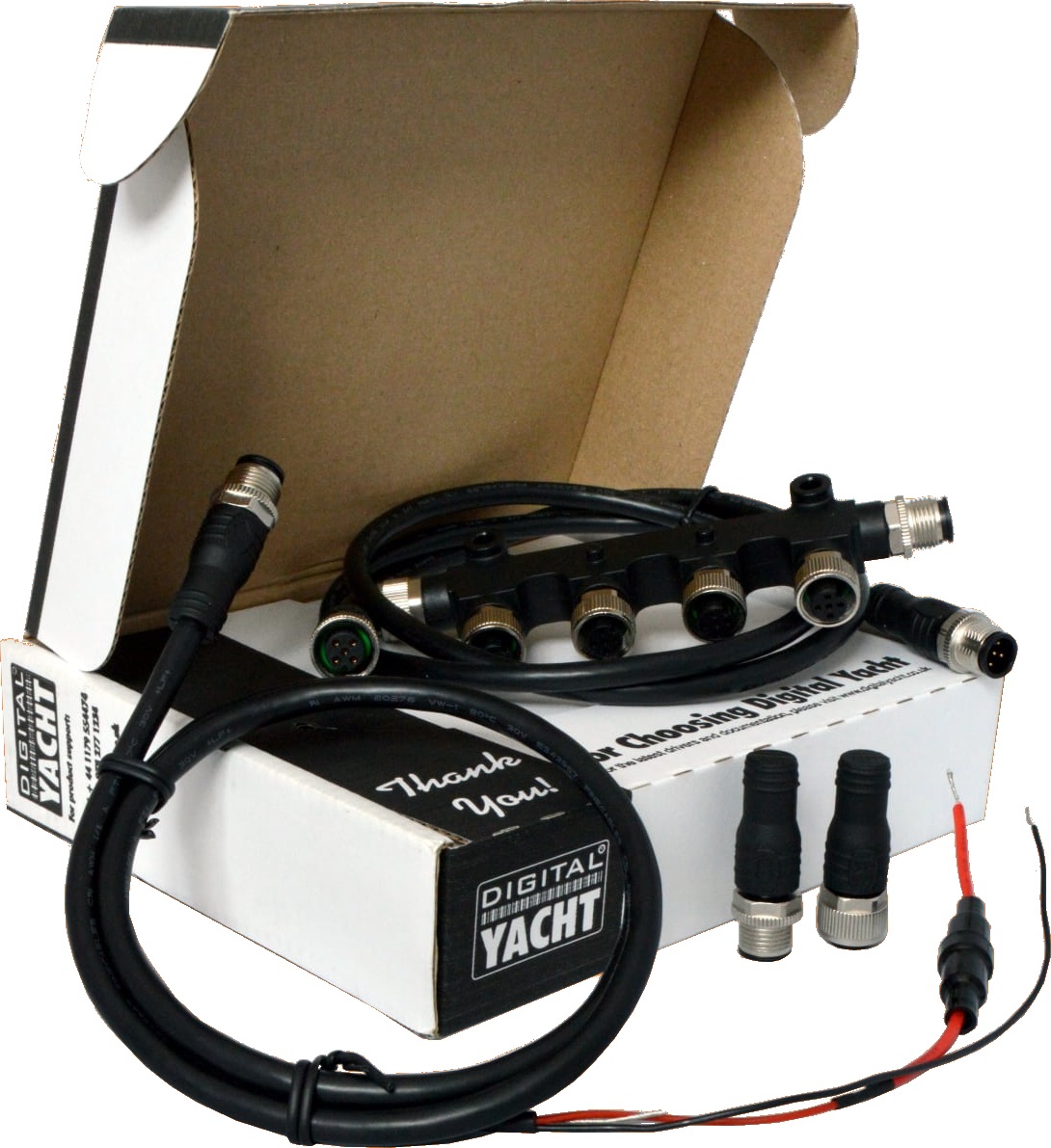
Introduction
The Digital Yacht NMEA2000 Kit is an essential wiring and connection starter bundle for boat owners seeking to set up or upgrade their vessel’s navigation and communication systems using the robust NMEA 2000 protocol. With the marine industry rapidly adopting NMEA 2000 standards for seamless device integration, this starter kit ensures a plug-and-play experience with minimal fuss. It’s the ideal solution for beginners and professionals looking for reliable connectors, backbone cables, terminators, and drop lines in one comprehensive package.
This plug-and-play connectivity system reduces installation time, improves reliability, and ensures you get the most from your electronics — including GPS, depth sounders, engine data interfaces, and more. If you’re planning a full onboard electronics setup or adding new instruments, the Digital Yacht NMEA2000 Kit ensures you’re on the right path.
Overview / What Is Digital Yacht NMEA2000 Kit
The Digital Yacht NMEA2000 Kit is a pre-packaged starter solution designed to establish the NMEA 2000 data network aboard your boat. It includes all the fundamental components required to connect multiple marine electronics systems under one data standard, eliminating compatibility issues across different brands.
Included components generally feature:
- 1 x 4-way backbone T-connector (NMEA2000 backbone)
- 2 x terminators (one for each end of the backbone)
- 1 x power cable with fuse protection
- 2 x drop cables for connecting devices
This kit is engineered for easy installation and ensures a robust and durable connection backbone that supports multiple devices from any NMEA 2000 certified manufacturer.
How to Install the Digital Yacht NMEA2000 Kit
Installing the Digital Yacht NMEA2000 Kit is relatively simple and requires only basic marine electrical knowledge. Begin by planning your network layout. The backbone should run along the centerline of your boat, and devices (GPS, depth sounder, MFDs, etc.) will connect to it via drop cables.
Steps:
- Connect the T-connectors to form the backbone.
- Insert terminators on each end of the backbone.
- Connect the power cable to a fused power source (12V DC).
- Use drop cables to connect each device to a T-connector.
- Secure all connections and cable runs using clips or ties to prevent vibration damage.
Once everything is in place, turn on the power and test your devices for seamless communication. This is one of the best NMEA 2000 starter kit options for beginners and DIY boaters.
Benefits of Using a Digital Yacht NMEA2000 Kit
Choosing a comprehensive starter kit like the Digital Yacht NMEA2000 Kit offers a wide range of advantages over buying components separately:
- Pre-Matched Compatibility: No guesswork — every cable and terminator is compatible and ready to use.
- Plug-and-Play: Dramatically reduces installation time and troubleshooting compared to older NMEA 0183 systems.
- Expandable Network: Add more devices later without needing to rebuild the network.
- Standardization: Works with devices from major brands like Garmin, Raymarine, Simrad, and more.
Beyond the basics, this kit helps boaters futureproof their electronics setup by adhering to NMEA 2000’s universal standards. It’s ideal for sailboats, motor yachts, center consoles, and fishing vessels.
Maintenance Tips
Keeping your Digital Yacht NMEA2000 Kit in peak condition requires regular inspection and proper cable management. While the system is built for marine durability, saltwater environments can be harsh on connectors and cables.
Maintenance checklist:
- Inspect Connectors Quarterly: Check for corrosion or water ingress and clean using a marine-safe electronic contact cleaner.
- Secure Loose Cables: Avoid cable stress by using proper clamps and cable ties.
- Fuse Inspection: Periodically check the inline fuse in the power cable and replace if degraded.
- Update Devices: Regular firmware updates from your electronics manufacturer can improve NMEA communication and performance.
Following these tips will help you avoid frustrating connection issues and prolong the life of your NMEA 2000 network.
Troubleshooting Common Digital Yacht NMEA2000 Kit Issues
While the system is designed to be plug-and-play, occasional issues may arise due to installation mistakes or incompatible devices. Here’s how to troubleshoot:
Problem 1: No Data Flow Between Devices
Check that both terminators are installed correctly on each end of the backbone and that the power is correctly wired and fused.
Problem 2: One Device Isn’t Communicating
Swap drop cables and T-connectors to isolate the issue. Some devices require firmware updates to sync correctly with NMEA 2000 networks.
Problem 3: Intermittent Communication
Inspect connectors for corrosion or moisture. Make sure cable runs are not under stress or bent sharply.
Expert Advice and Pro Recommendations
Professional installers and marine electricians consistently recommend the Digital Yacht NMEA2000 Kit for entry-level and mid-tier boaters. Here are some expert tips:
- Buy a few spare T-connectors and drop cables — you’ll use them as your network grows.
- Mount all electronics in ventilated, accessible locations to simplify future upgrades.
- If you’re connecting an engine data interface, check your engine’s compatibility with NMEA 2000 first.
Buy now: Digital Yacht NMEA2000 Starter Kit and use the code WELCOME5 for 5% off at checkout.
Detailed FAQ Section
What is included in the Digital Yacht NMEA2000 Kit?
The Digital Yacht NMEA2000 Kit includes everything you need to create a basic NMEA 2000 backbone for your boat. The kit usually contains a 4-way T-connector backbone, two termination resistors (one for each end of the backbone), a power drop cable with built-in fuse protection, and two standard drop cables to connect devices. This package eliminates the complexity of buying parts individually, ensuring compatibility and easier installation. It’s the go-to solution for new installations or upgrading from outdated wiring systems.
How do I install the Digital Yacht NMEA2000 Kit on my boat?
Installation of the Digital Yacht NMEA2000 Kit is straightforward. Start by placing the T-connectors along the backbone in a central location on your vessel. Secure terminators on each end of the backbone. Next, connect the power cable to a 12V source through a marine-rated fuse. Drop cables should then connect your NMEA 2000 compatible devices to the network. After connecting, power on the system to verify that all devices communicate correctly. The modular design makes it easy for DIYers and first-time installers to succeed without professional help.
Can I expand the Digital Yacht NMEA2000 Kit network later?
Yes, absolutely. One of the strongest benefits of the Digital Yacht NMEA2000 Kit is its expandability. Since NMEA 2000 is a plug-and-play standard, you can easily add new T-connectors and drop cables to accommodate additional devices such as autopilots, fuel sensors, engine interfaces, and radar. Always ensure that your power supply can handle the additional load and maintain proper cable lengths and network topology. Expansion is easy and cost-effective, especially compared to older legacy systems that often require rewiring or specialized adapters.
Is the Digital Yacht NMEA2000 Kit compatible with Garmin or Raymarine devices?
Yes. The Digital Yacht NMEA2000 Kit is designed to be compatible with any device certified under the NMEA 2000 standard. This includes major manufacturers like Garmin, Raymarine, Simrad, Furuno, and more. You may need an adapter cable in some cases, particularly if a manufacturer uses proprietary connectors (like Garmin’s DeviceNet). However, most installations will work seamlessly as long as the devices support NMEA 2000. Compatibility is one of the key reasons boaters prefer NMEA 2000 networks over legacy systems.
What is the cost and durability of the Digital Yacht NMEA2000 Kit?
The Digital Yacht NMEA2000 Kit offers an affordable entry point into modern marine networking. Its cost is significantly lower than assembling components separately, especially considering its plug-and-play compatibility. Built with marine-grade materials, the kit offers excellent durability, even in harsh environments. The connectors are weather-sealed, corrosion-resistant, and vibration-tolerant. With proper maintenance, the system can last 5–10 years or more. It’s a smart investment for anyone seeking reliability, expandability, and affordability in one package.
Conclusion
The Digital Yacht NMEA2000 Kit is one of the smartest investments you can make when upgrading or building your boat’s electronics infrastructure. It delivers plug-and-play simplicity, cross-brand compatibility, and reliable performance in all marine environments. From GPS systems to engine monitoring and autopilot, this starter kit enables you to unify your onboard systems for better performance and smarter boating. For top-tier integration that grows with your needs, few kits compare.
Want more options? Check out Yamaha Outboards for additional electronics and connectivity tools for modern boating systems.
Special Offer
WELCOME5 – Get 5% off storewide at allboatsupplies.com
🚀 Instant Assistance: Need help selecting the right product? Drop your contact in the chatbox at the bottom right corner, and our expert team will reply within 30 minutes with the best product suggestion for your boat — including a ready-to-use checkout link. We’re fast, knowledgeable, and always here for your boating needs!
No more guesswork — just message us and get a personalized checkout link fast!
Let us handle the hassle — expert support, quick replies, and smooth checkout. Your boat deserves the best.
🔥 Up to 5% OFF – Limited Time!
Use code WELCOME5 on Digital Yacht NMEA2000 Starter Kit
Read More
For more helpful marine maintenance guides, check out our article on Lowrance ActiveImaging HD 2in1 – Best & Worst Insights.


